Before photography went digital, infrared imaging was possible using one of several infrared films available on the market at that time. Most of them were B&W (Like Kodak HIE or Rollei IR), but there was also some false color infrared film. One of the most renowned among them was Kodak’s EIR.
KODAK EKTACHROME Professional Infrared EIR Film was an infrared-sensitive, “false-color” reversal film. It was intended for various photographic applications where infrared light may yield useful results, such as artistic, industrial, scientific, and aerial or technical ground photography. The amount of infrared reflectance present at any given time would affect the final color rendition. Kodak also sold it as an alternative stock: “Aerochrome III”, primarily designed for military or cartography purposes, in 120 film size.
The film can be used to create striking artistic effects due to the false color response. Color rendition is dependent upon exposure, Processes E-6 or AR-5, and the amount of infrared reflectance of the subjects. Here are some examples taken by our friend David Hochleitner.
Green leaves turn into vibrant red or intense magenta, blue water turns dark or even black, the clouds in the sky gain contrast. The reproduction is bizarre, yet beautiful. In Process E-6, flesh tone has a more sallow appearance with yellow lips (see the battle scene of Oliver Stone’s Alexander, shot in Aerochrome) which provides a unique look or special effect to the fashion or commercial photographer without software enhancement of the image. Filtration with different filters or combinations of filters can be used to extend the possibilities.
With today’s film renaissance (sales are continuing to rise since the past 3 years), many film manufacturers are reviving older films which were previously discontinued, and with the announcement of Kodak’s re-release of Ektachrome in 2017, photographers worldwide are taking an interest into more analog processes for their image making.
But the bad news is that KODAK discontinued the film nearly a decade ago and that it won’t come back.
This is an almost-impossible-to-find film, if you are lucky, you may be able to grab one of the last frozen rolls that pop from time to time on online auctions websites. But be prepared to pay 80$ or more for only 24 exposures (and the material you’ll get has been expired for a long time)!
There are many reasons that explain such a high price tag: the film has been discontinued years ago, it was the only infrared color slide film for E-6 processing available, it was made in small batches, it only last about a month out of the fridge and was an expensive film already in its time, about five times more than a regular roll.
Since the beginning of IR digital photography, photographers have struggled to approach the same results, and there have been some noticeable successes. A lot of pioneers started using the same Yellow #12 filter that was used in IR color film photography. But the post-processing was kind of tedious and often required some advanced technical knowledge. Fine tuning the results was not easy. There was also a lot of fringing around small details like branches and leaves in the distance.
JW Wong’s software is able to achieve a mathematically correct IRG-rendition from an image shot with a yellow filter.
 A lot of fringing can happen around foliage, especially when the channel mixer is involved
A lot of fringing can happen around foliage, especially when the channel mixer is involved
Since 2008 and more actively since 2015 I dove in the EIR digital emulation quest and tried a lot of unexplored methods. My goal was to obtain “in camera” color IR result without having to mix channels in post-production. I tried to go the other way round the color wheel using the complementary color of the yellow/orange filter (used in EIR photography): dark blueish cyan.
After trying and failing a lot during a long run of numerous tests, I finally came up with a precise transmission curve that Kolari Vision eventually managed to produce as a glass filter. After testing many prototypes in various weather conditions and environments, we achieved the new IRChrome infrared filter.
Now available, you can have access to this all-new and exciting digital-IR render with a direct output of stunning vivid splashes of red on every IR-reflective material! It really revives Kodaks defunct classical and mythical film.
I wondered if our final prototype was as close as we wanted it to be to the original EIR/Aerochrome film. So, I bought some remaining stock available on eBay for a jaw-dropping price tag of $60! Of course, these rolls expired a long time ago, so I had to remove a strong color cast when scanning in HD. Color charts comparison and older EIR Scans allowed me to come as close as possible to a non-expired reference.
My workflow consisted in putting 2 cameras side by side on a rig: my digital Canon Eos 6D MKII converted by Kolari Vision and a Nikon F3 both equipped with a Super Multi-Coated Takumar 35mm 1:3.5.
The digital camera was modified to full spectrum with the new IRChrome filter prototype, and the film camera had Aerochrome with either #12 (Yellow) or Orange filter.
Using only Adobe Camera Raw to add some contrast/grain and fine tune the highlights and shadows, here are the results of the comparison between true Aerochrome (color cast removed) and the digital one shot with Kolari’s IRChrome filter:
Pretty close, don’t you think ? Now, this rendering is at your fingertips! You can acquire the first filter ever made to be the best match to Kodak’s classic color infrared render without the need for huge Photoshopping alterations !
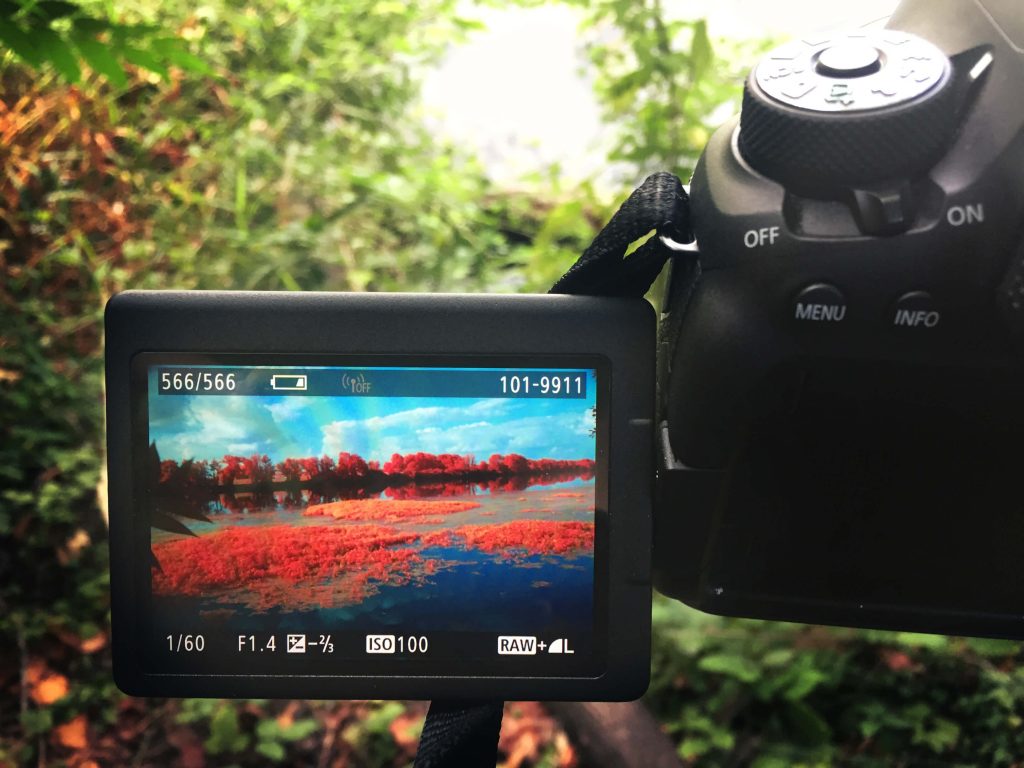
Here are some of my shots taken with the IRChrome filter prototype.
About the Author
I’m Yann Philippe, a French photographer and teacher at the school of Les Gobelins in Paris. I’m primarily working on portraits and still life advertising. I own Flowim Studio, a production and post-production company located in Tours, Loire Valley. I’ve been shooting infrared for 11 years both analog and digital.
My website : http://www.yannphilippe.com/
My Instagram : https://www.instagram.com/yannphilippe/
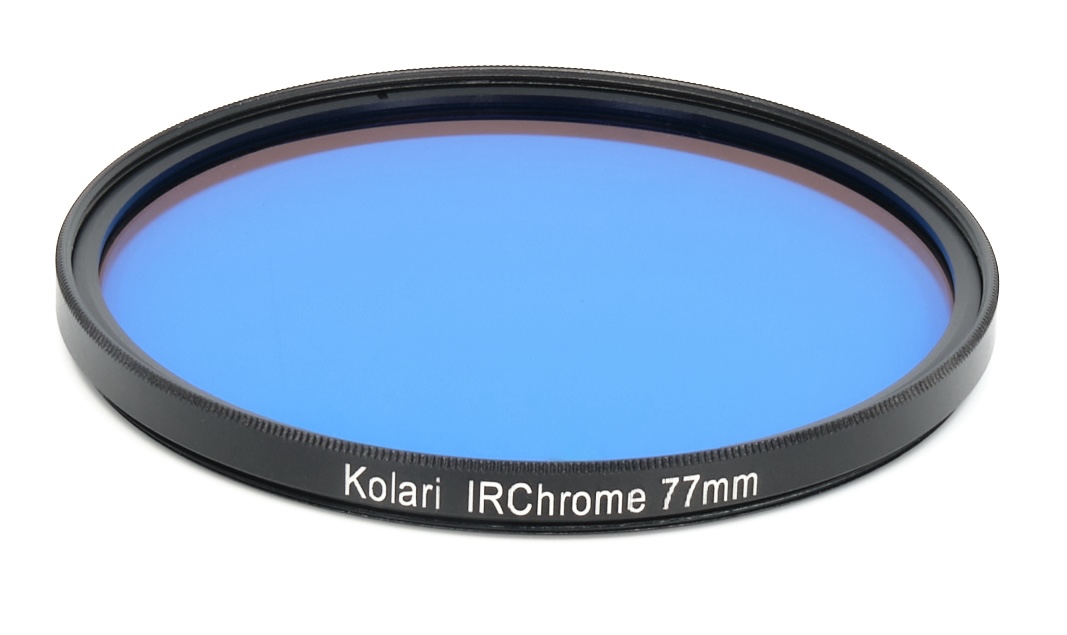
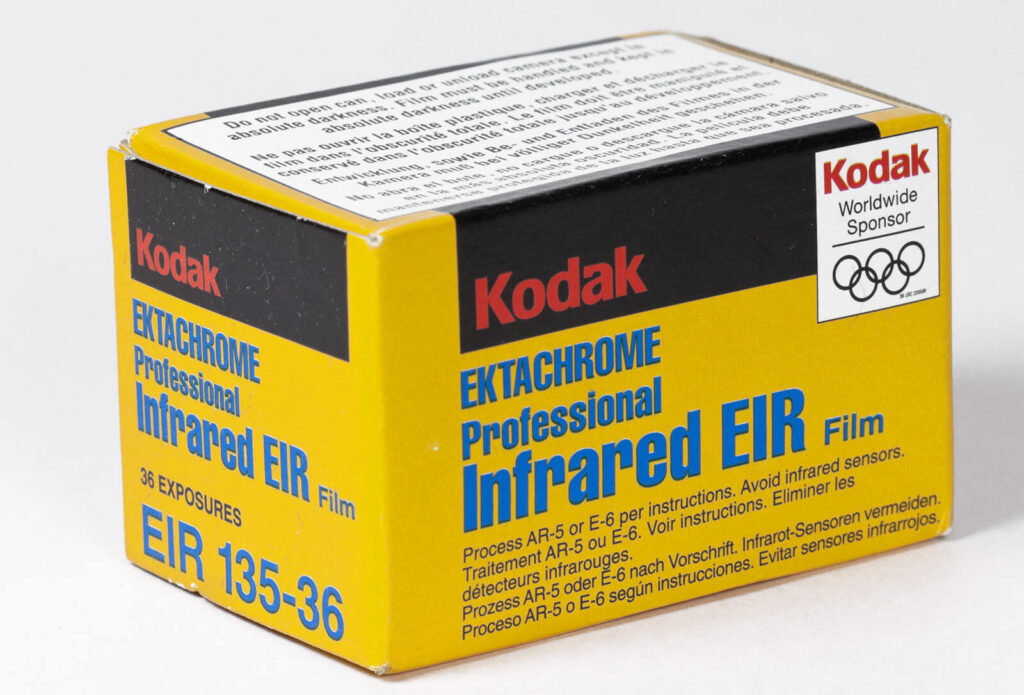
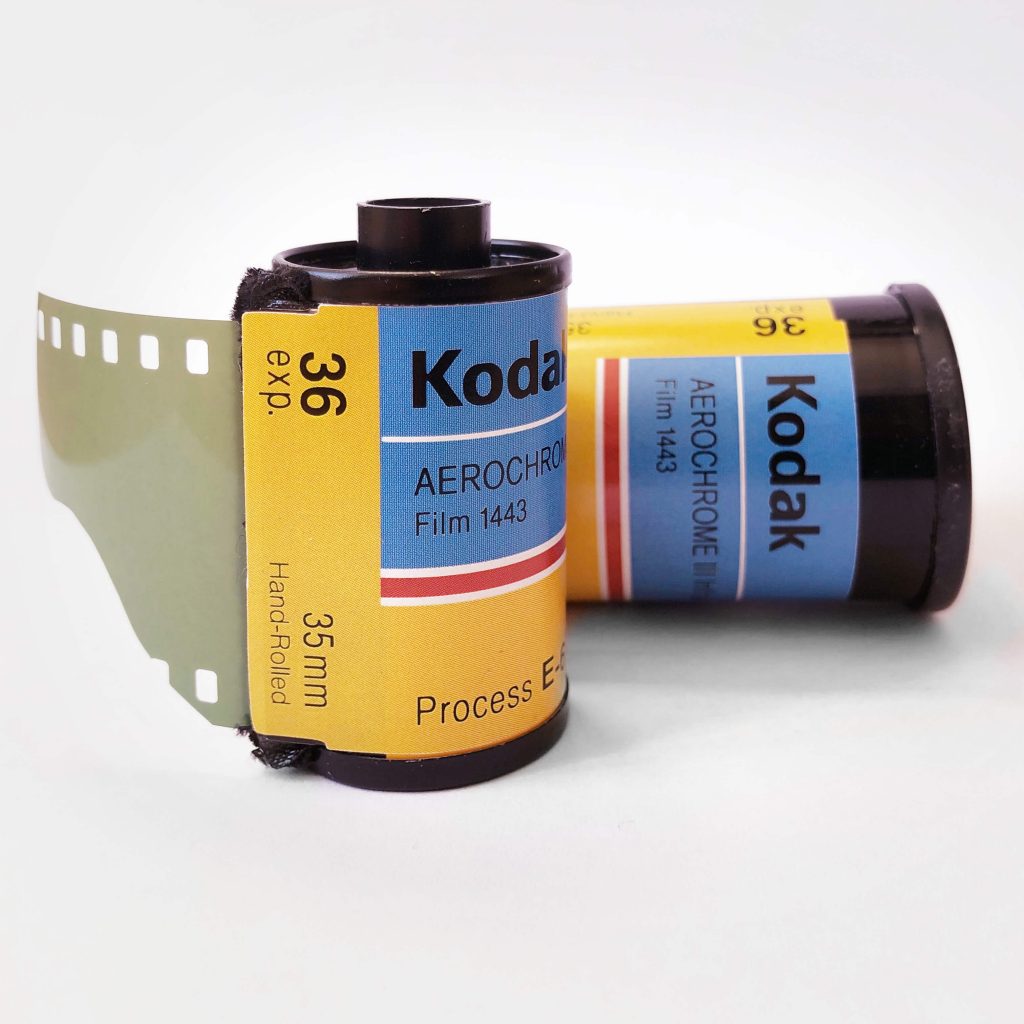
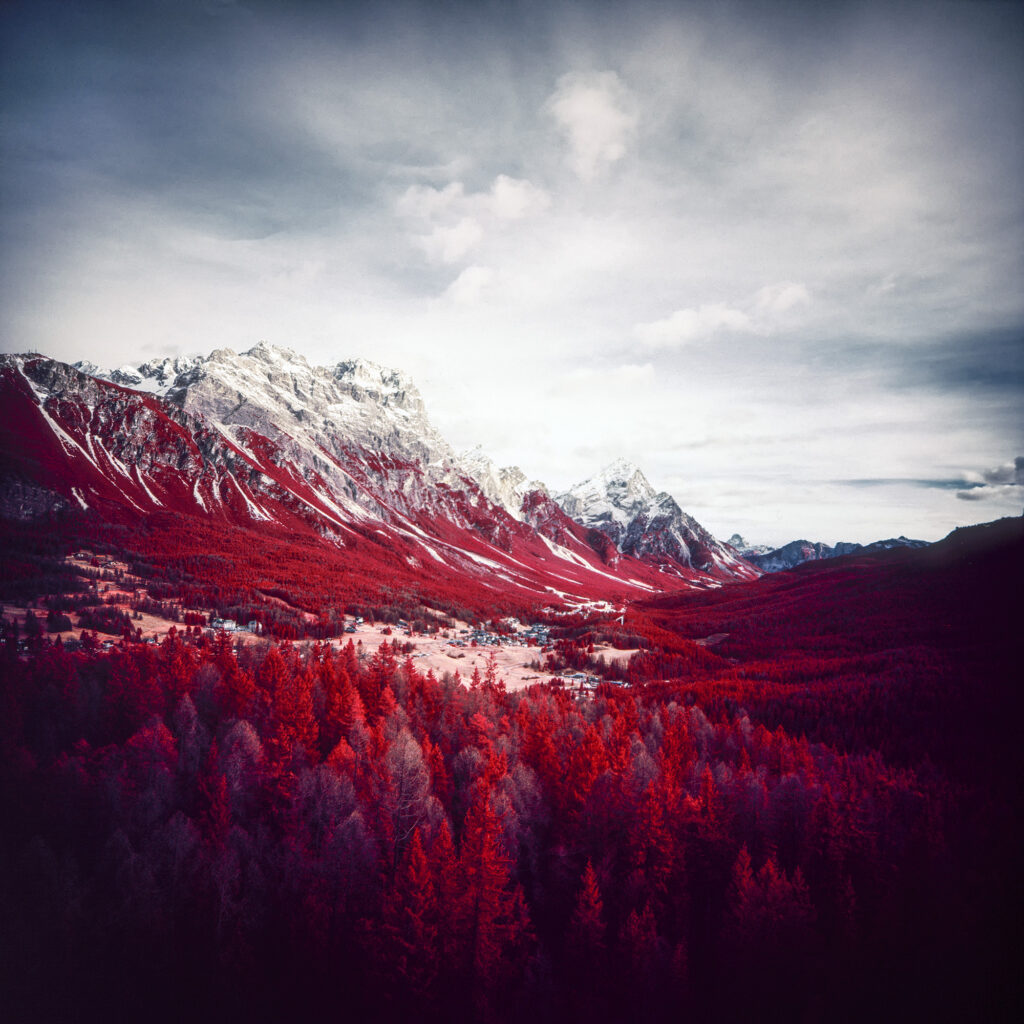
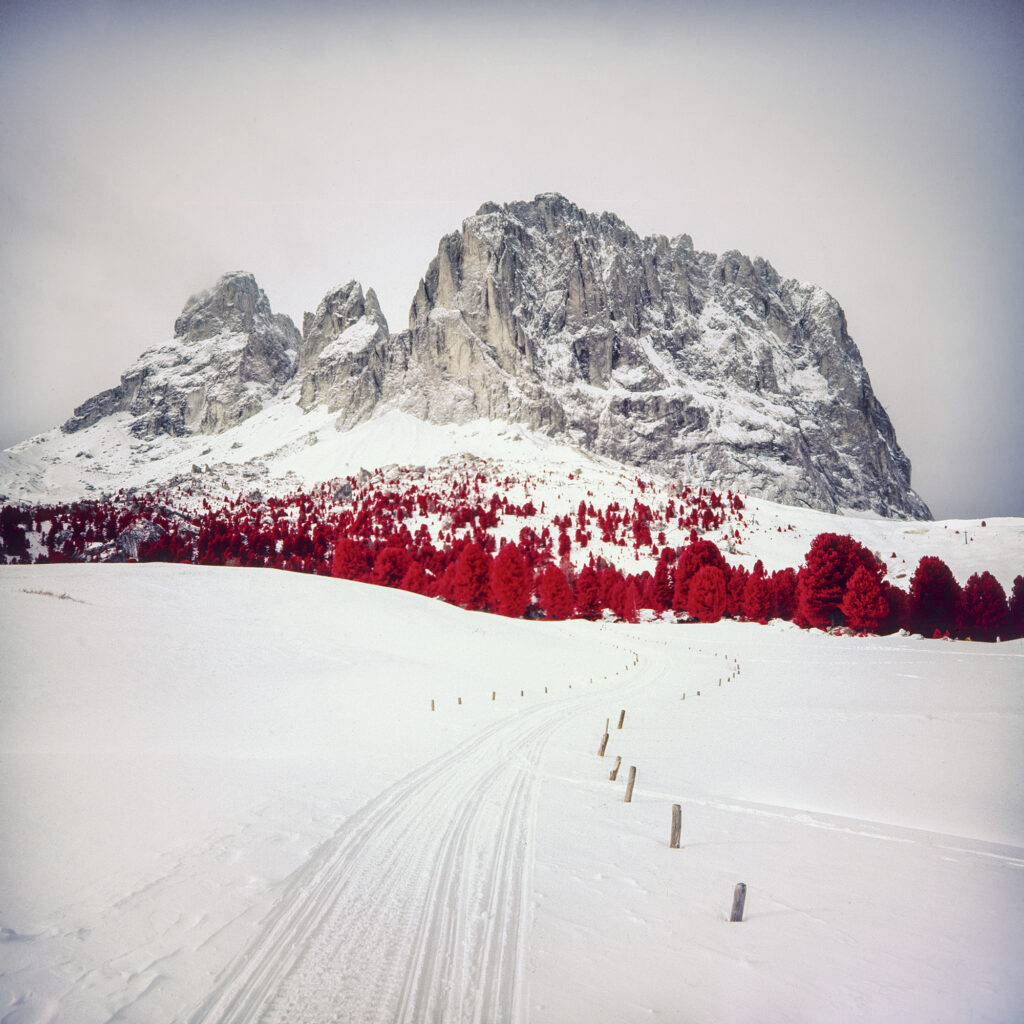
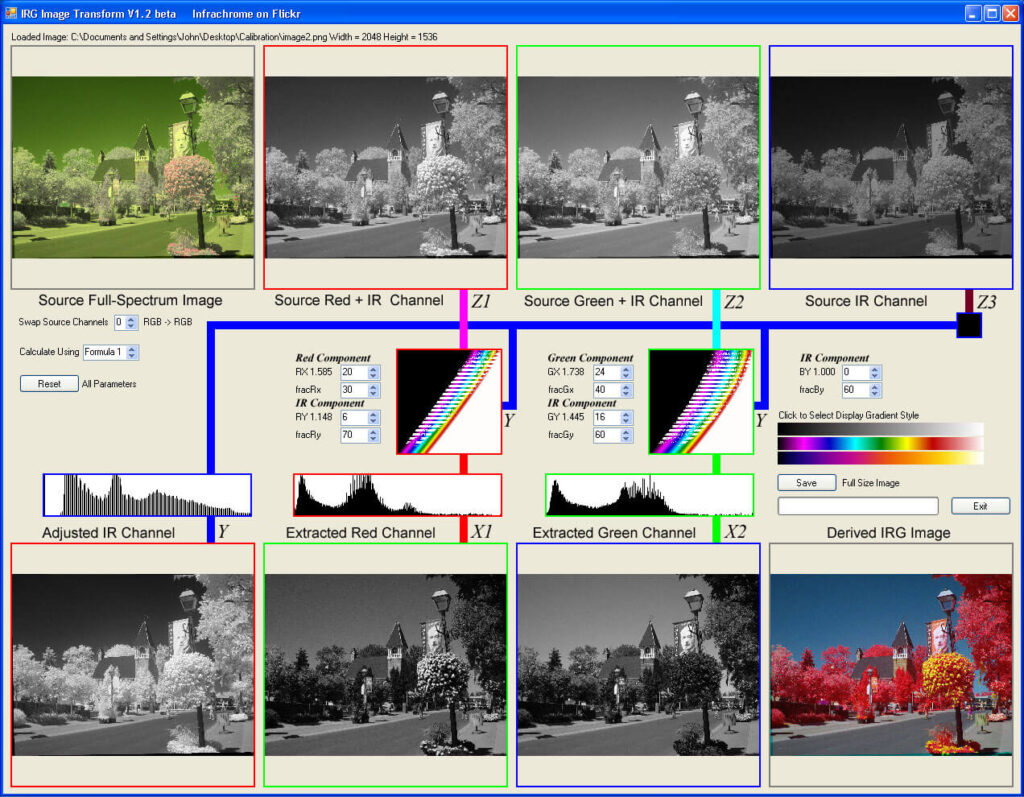

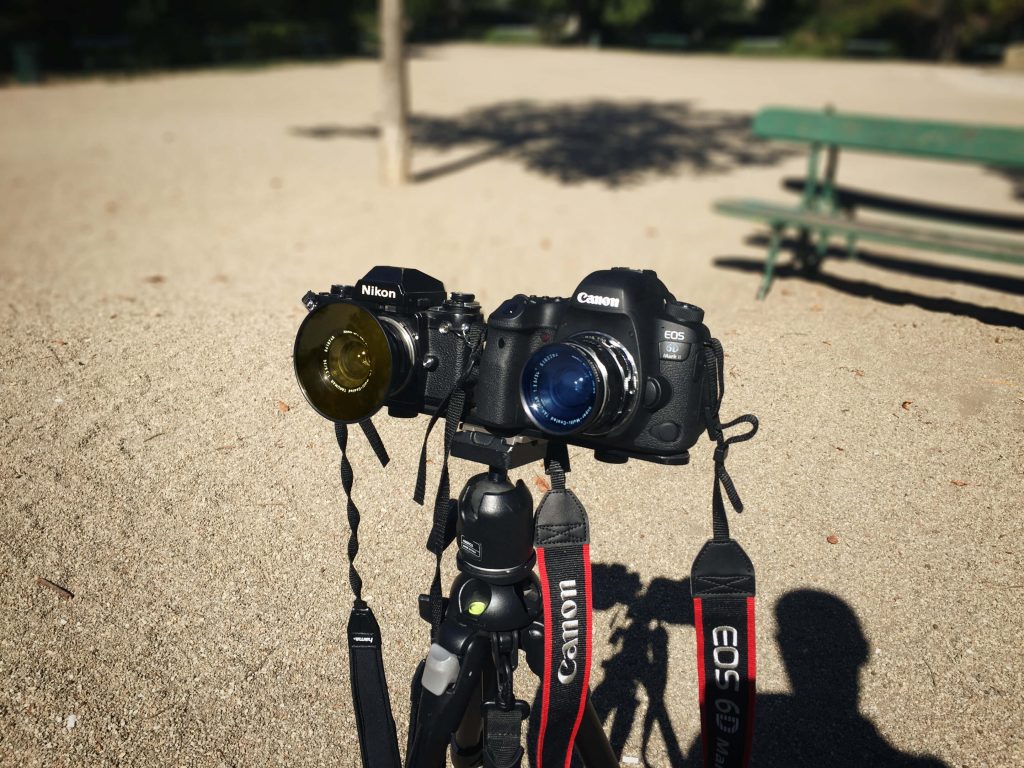
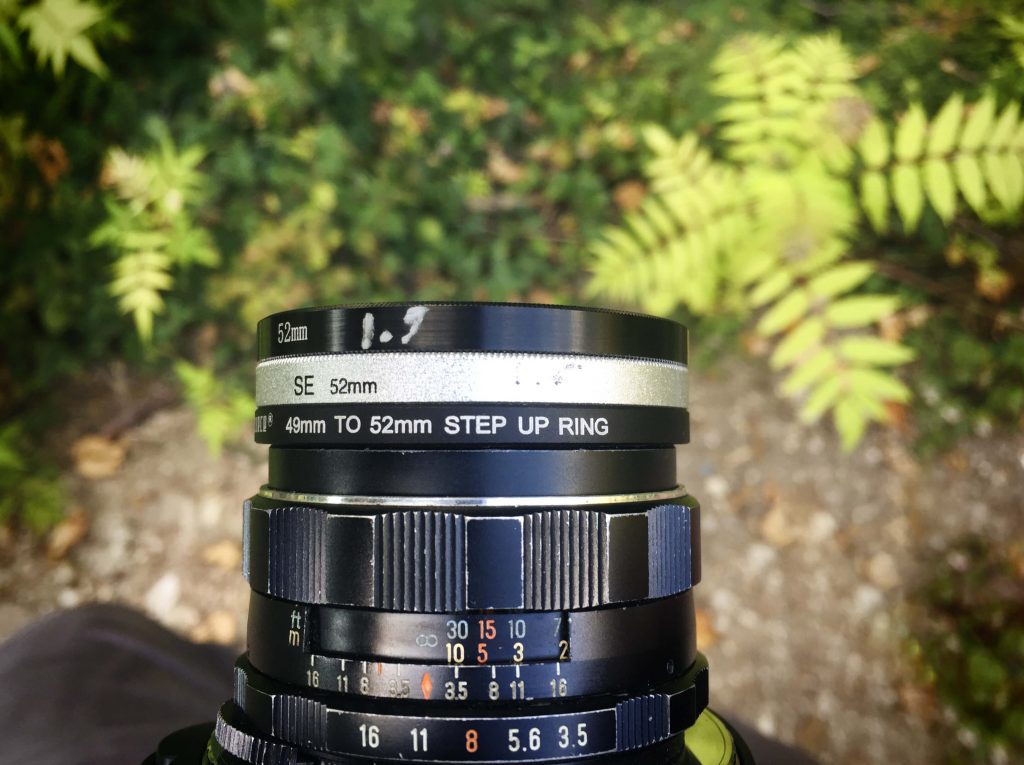
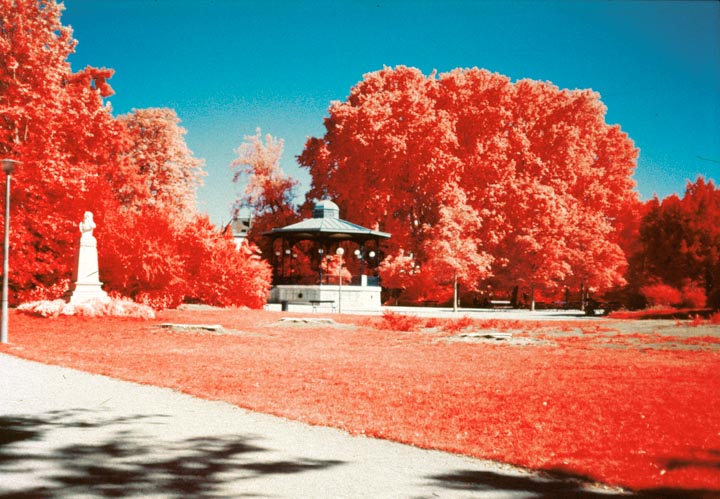
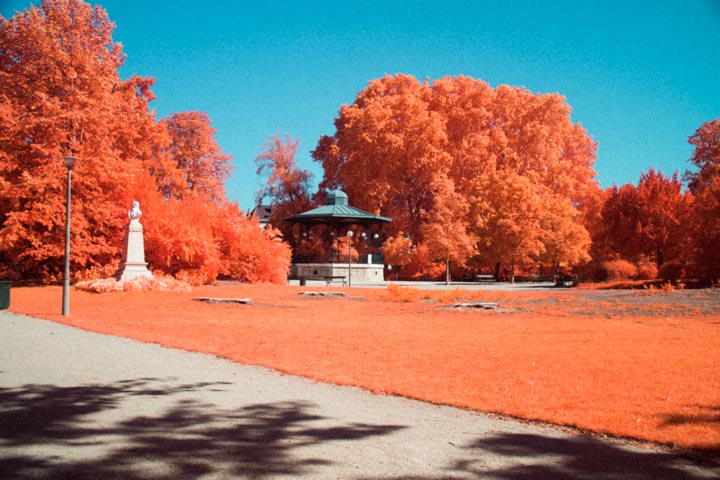
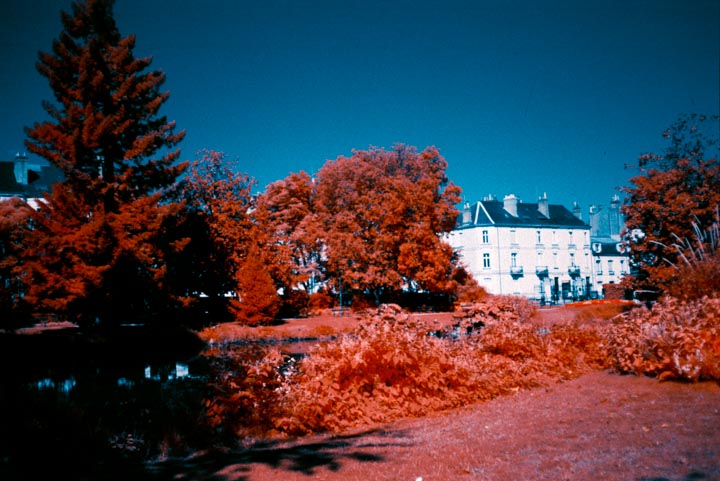

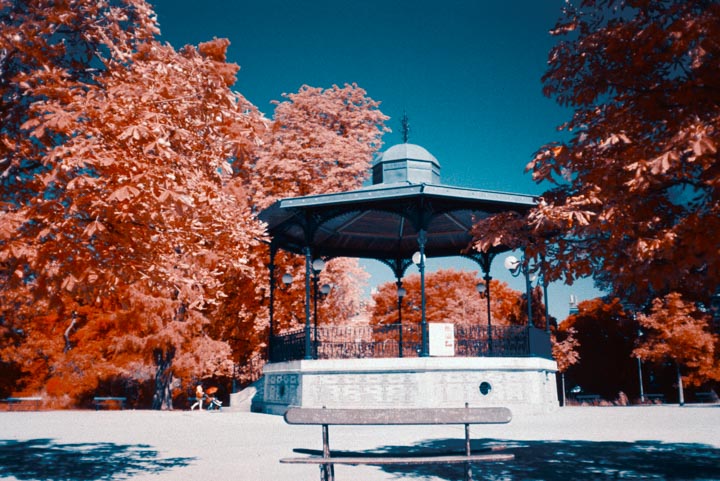
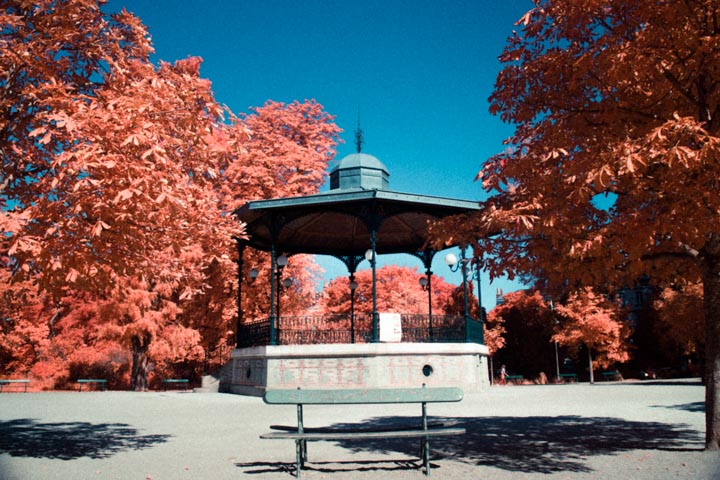
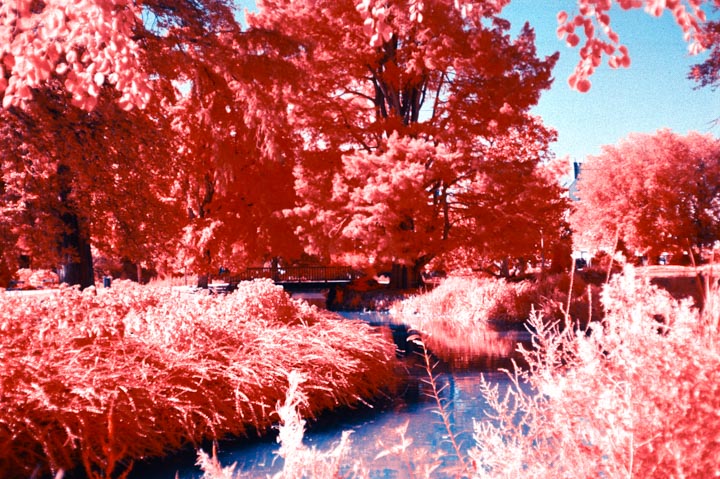

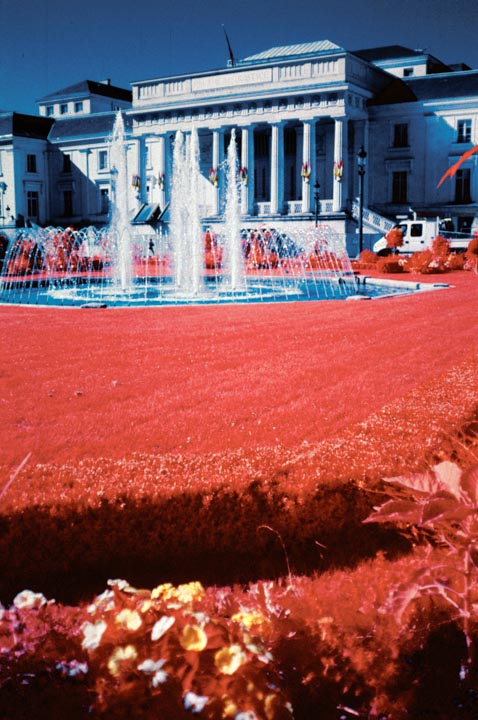
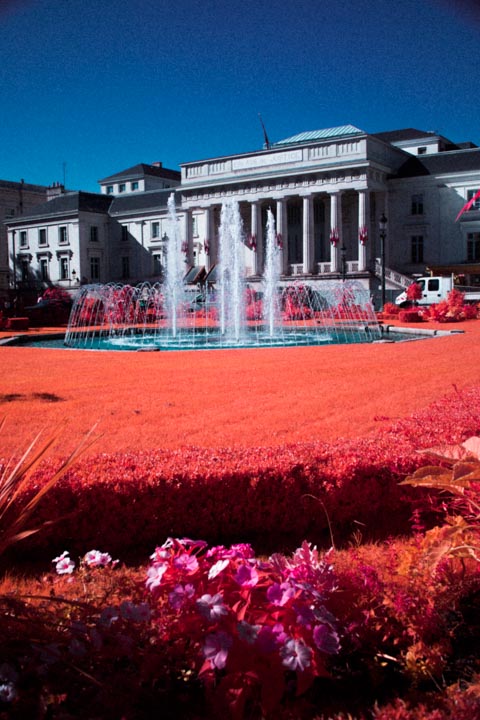
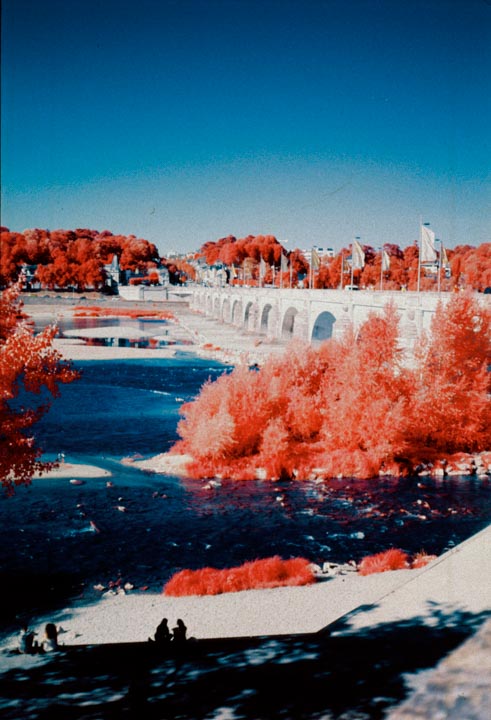
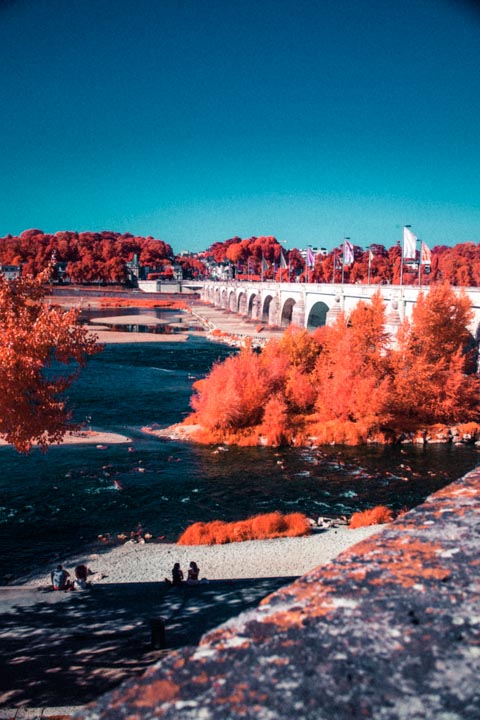
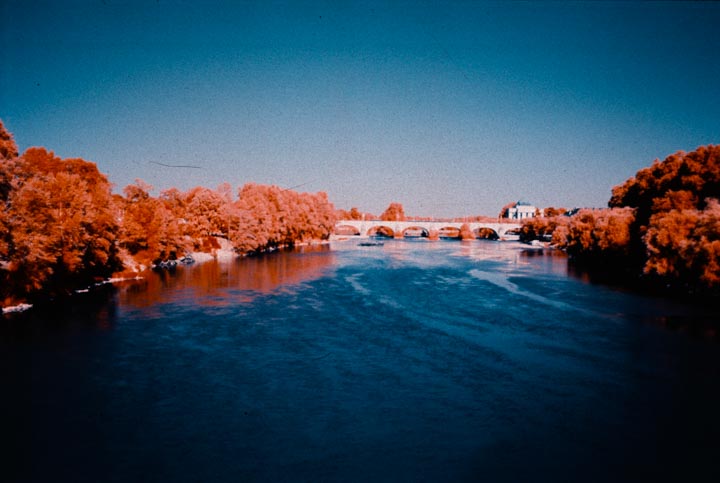
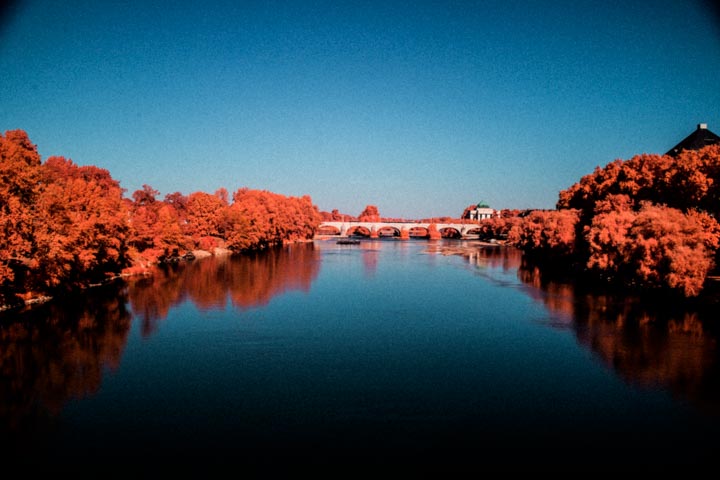
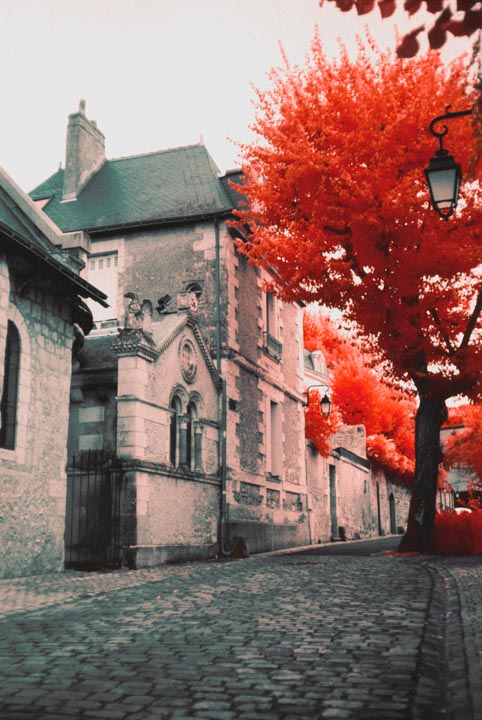


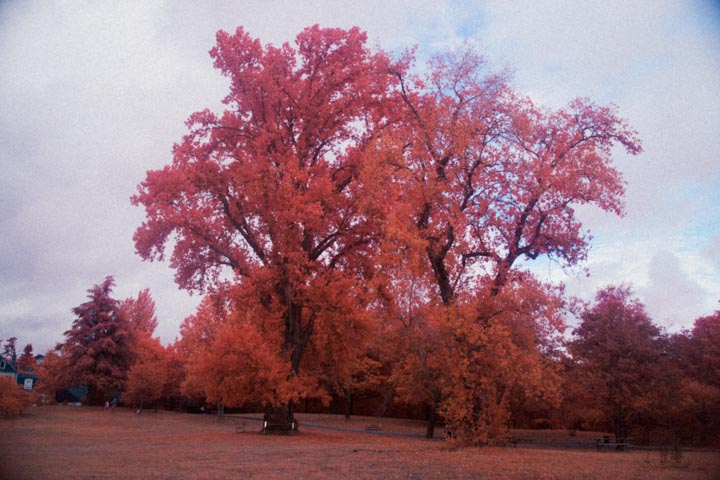
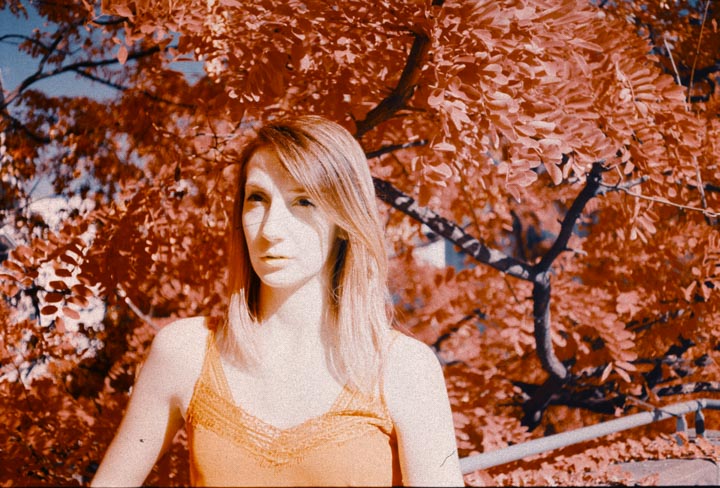
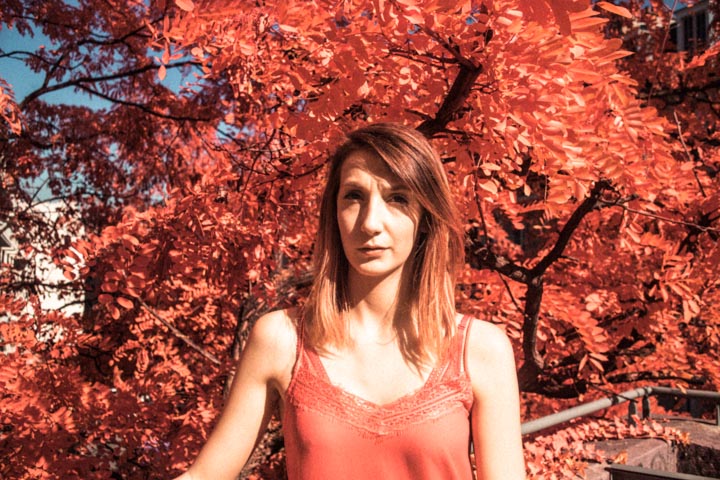

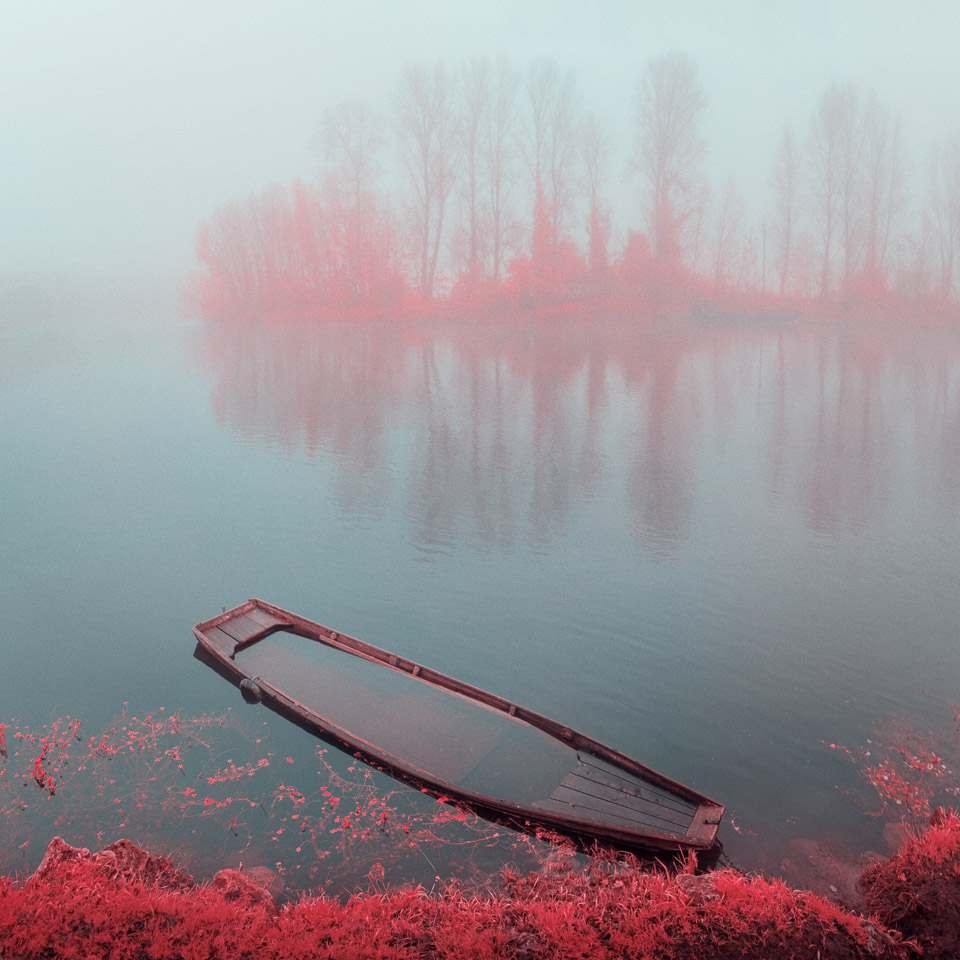

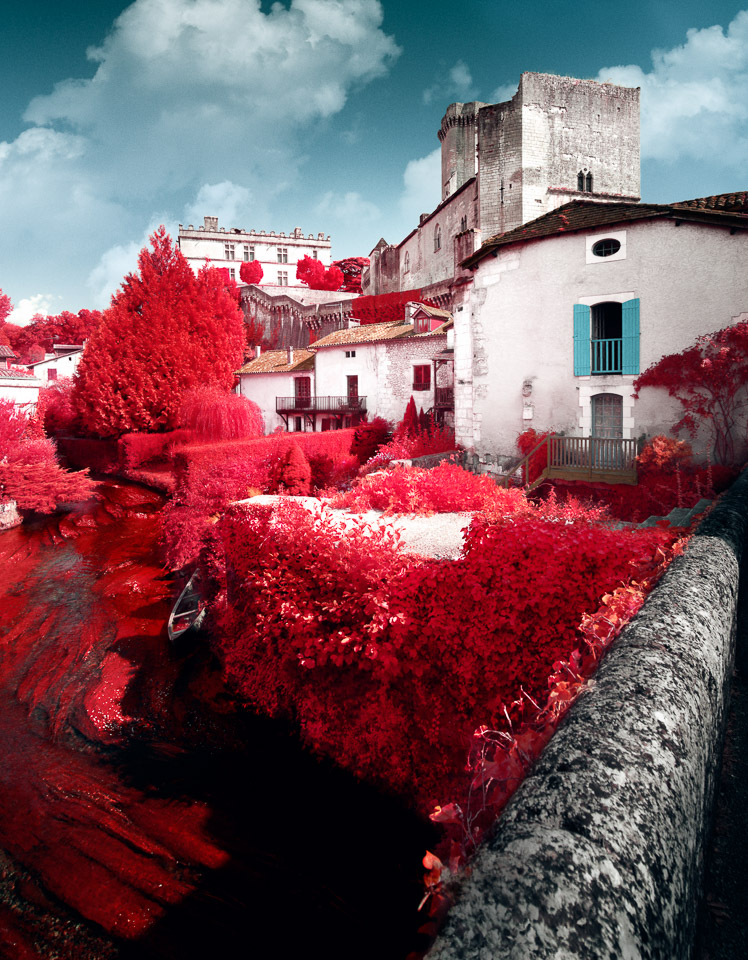

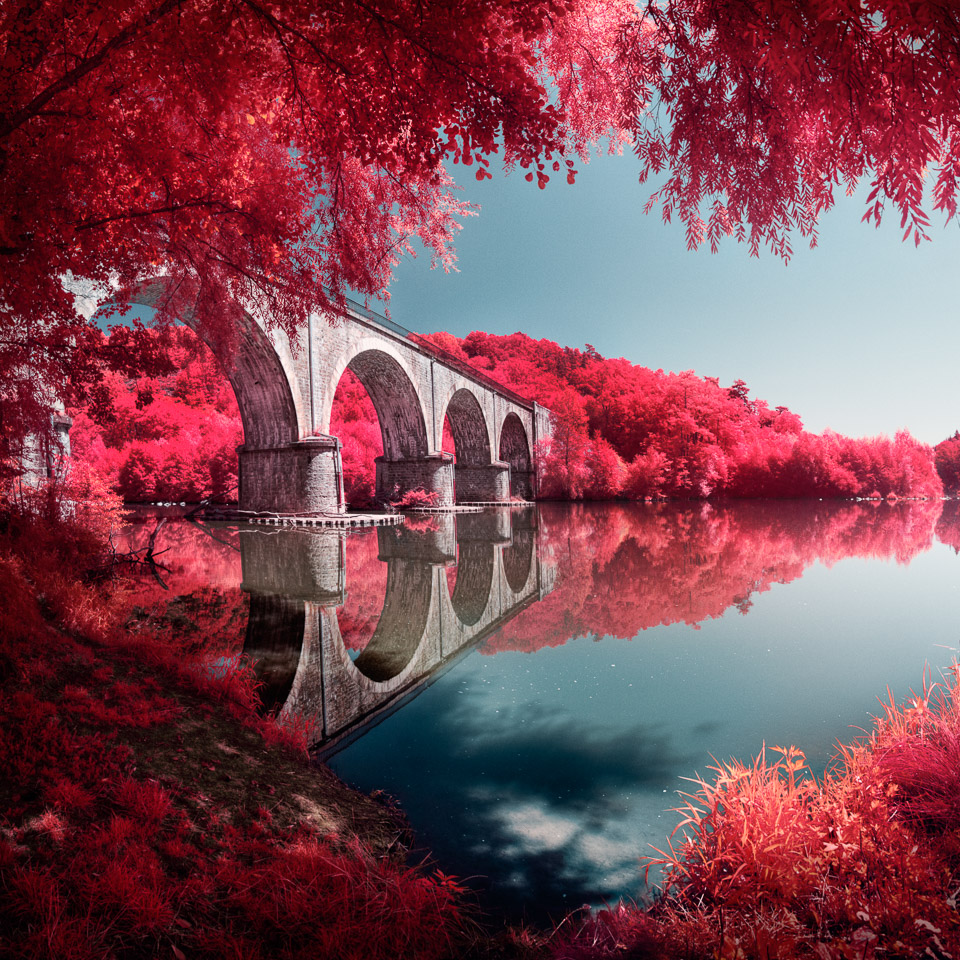
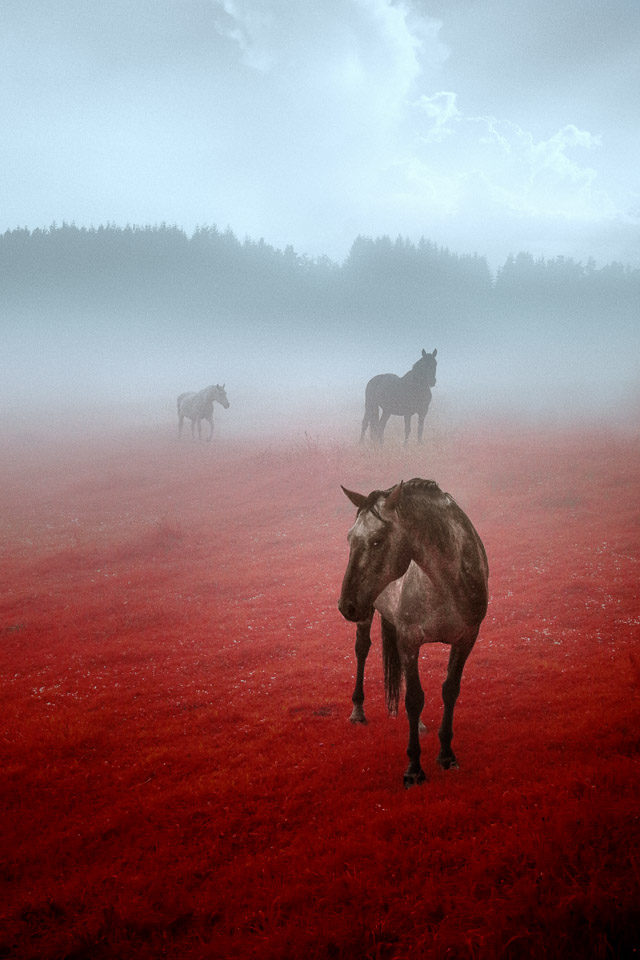
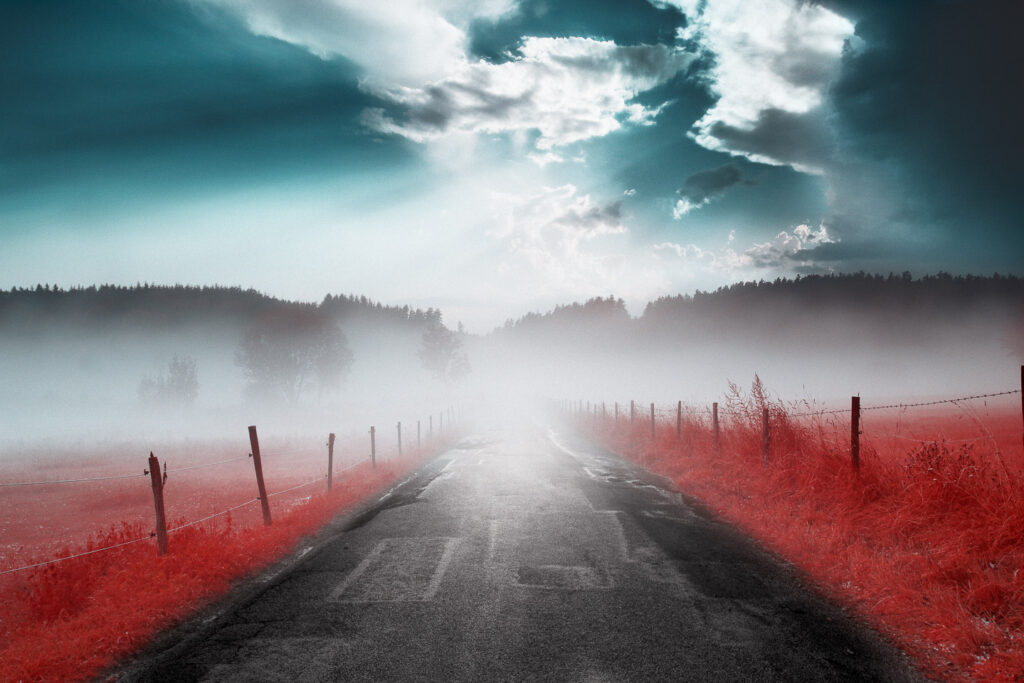
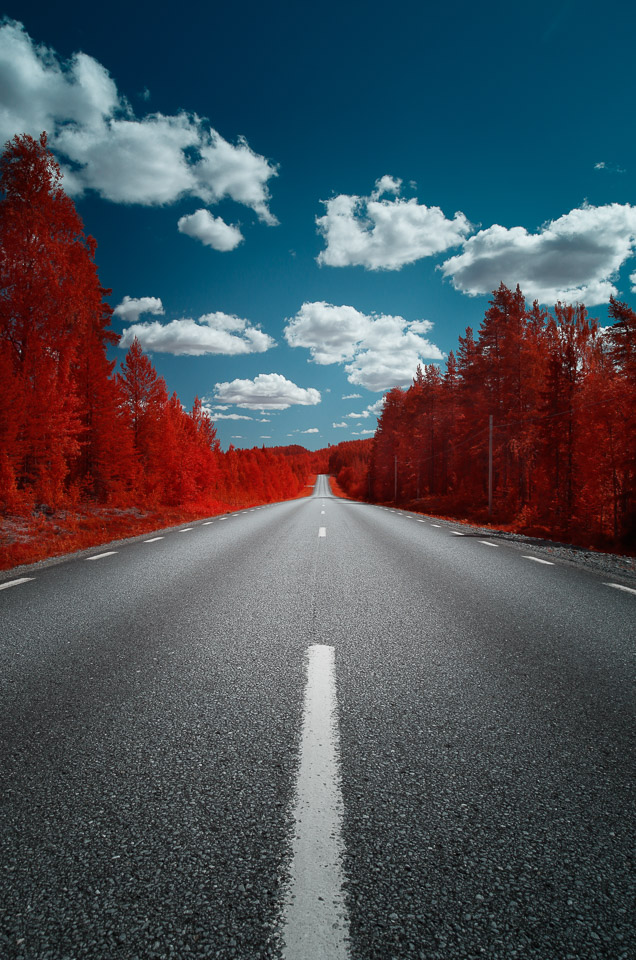
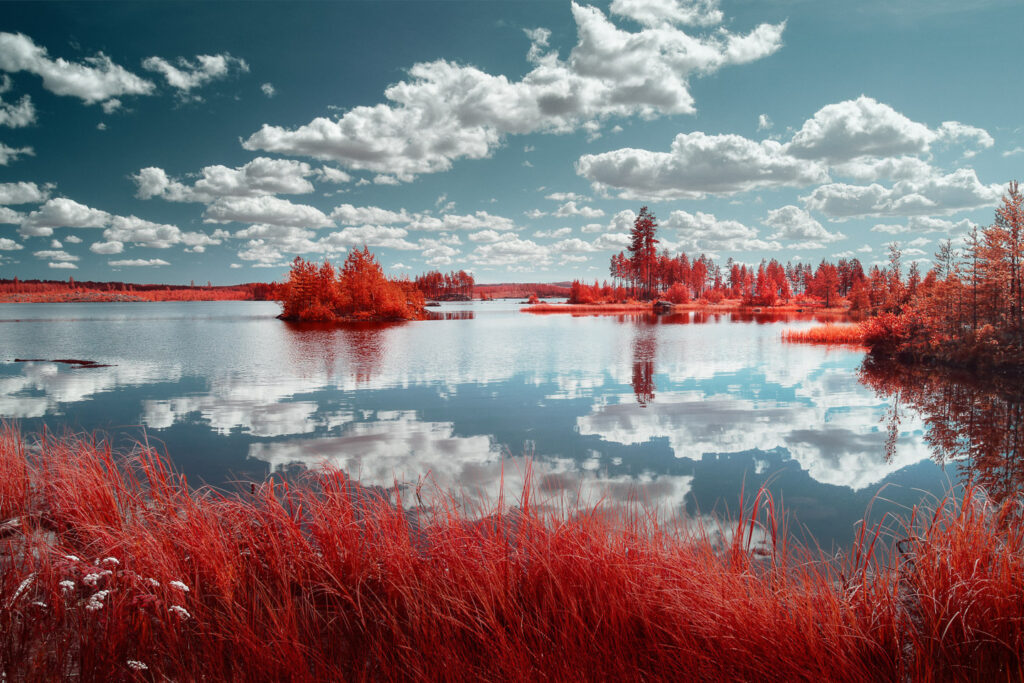
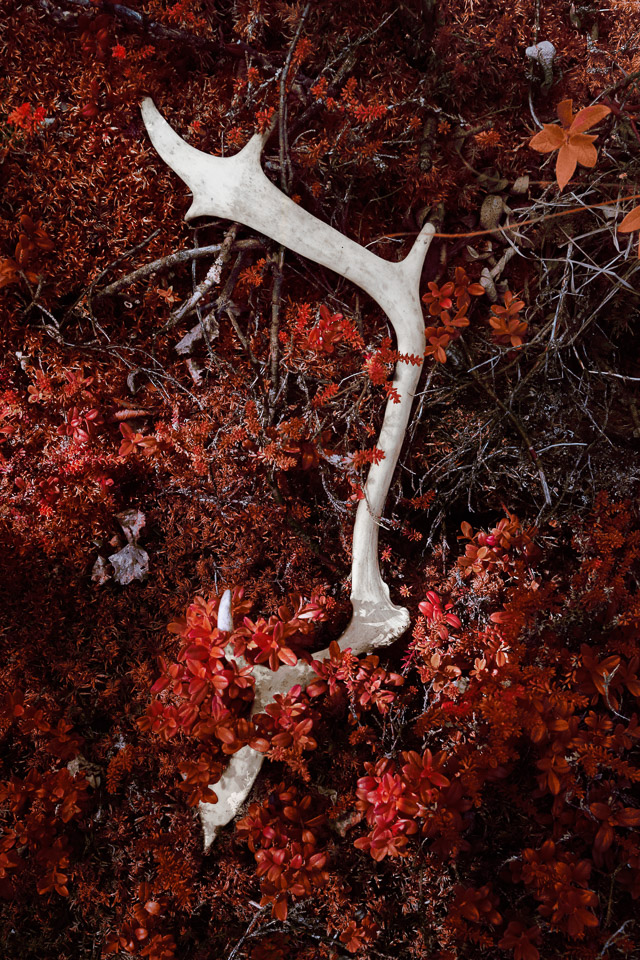
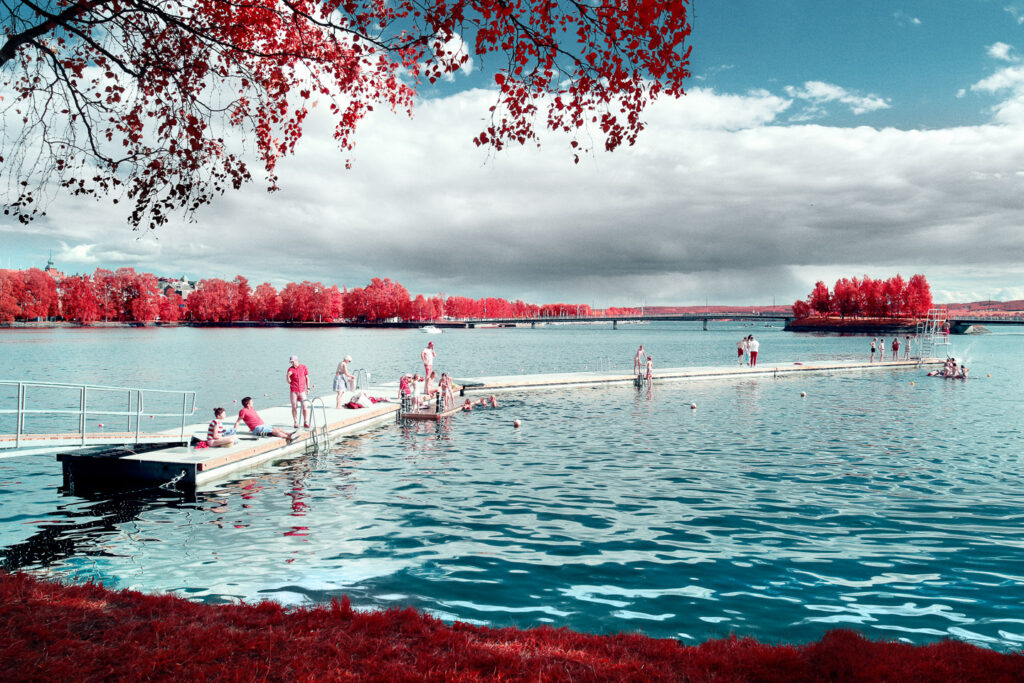
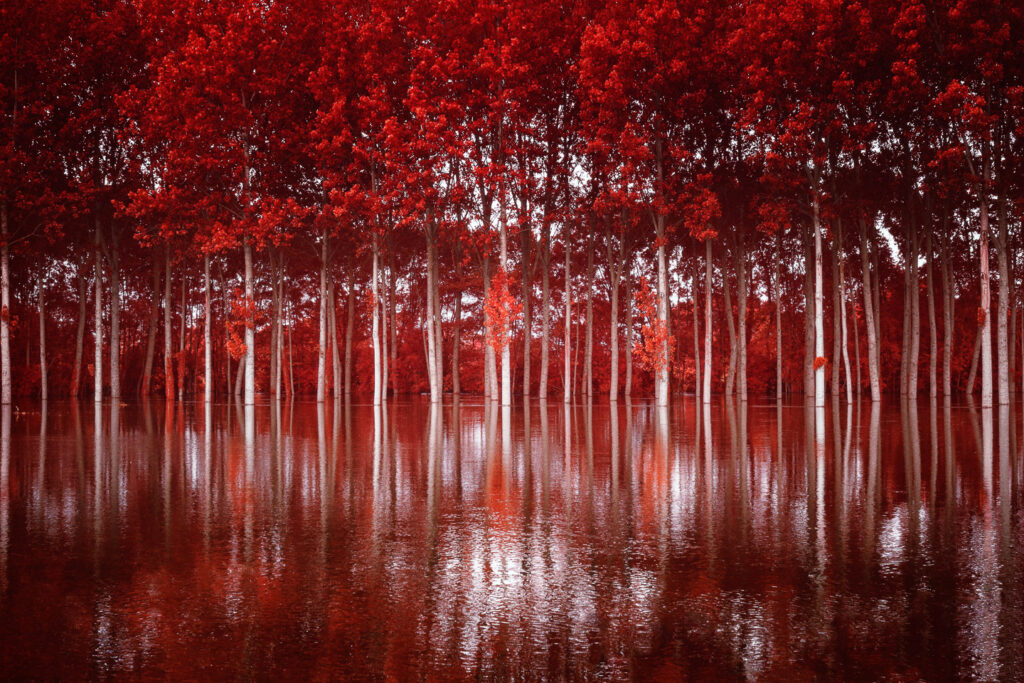
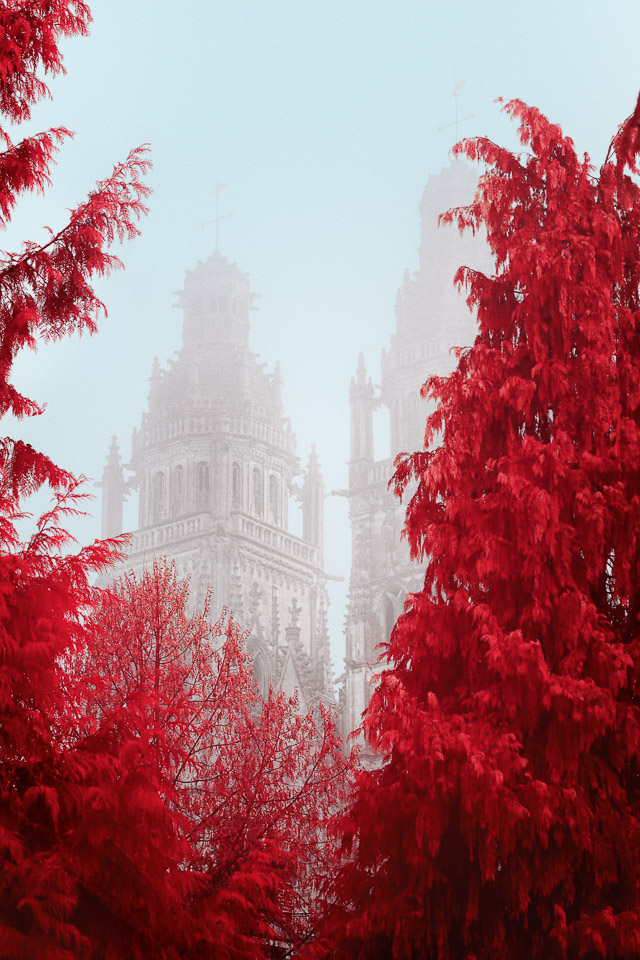
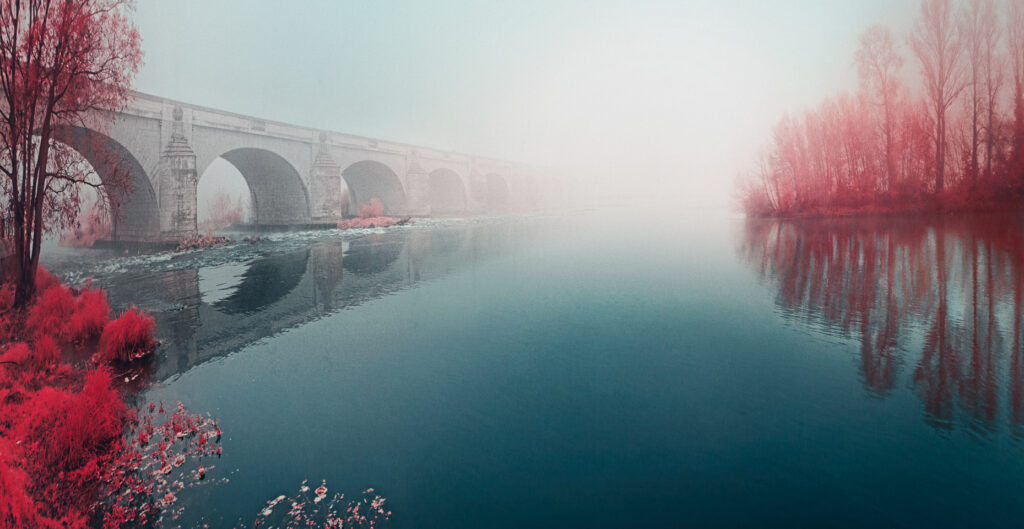

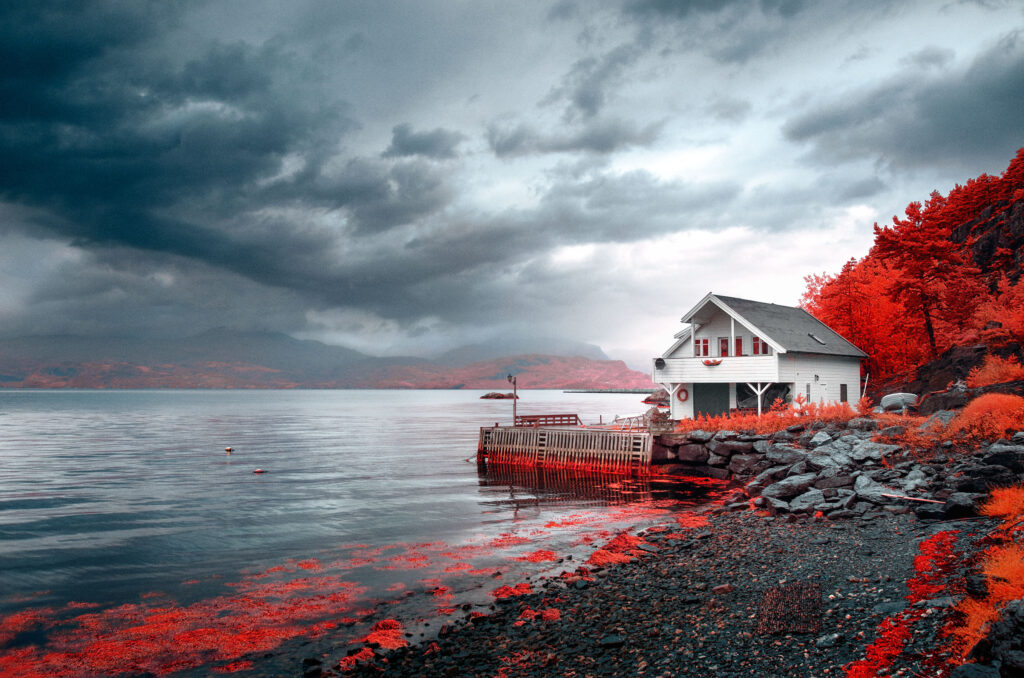
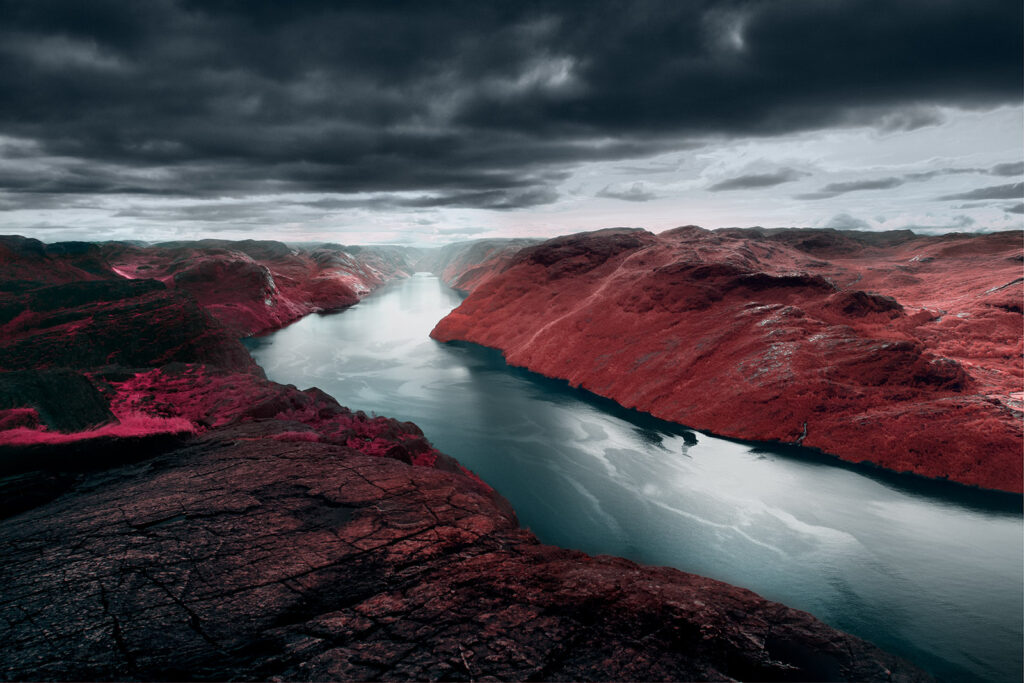
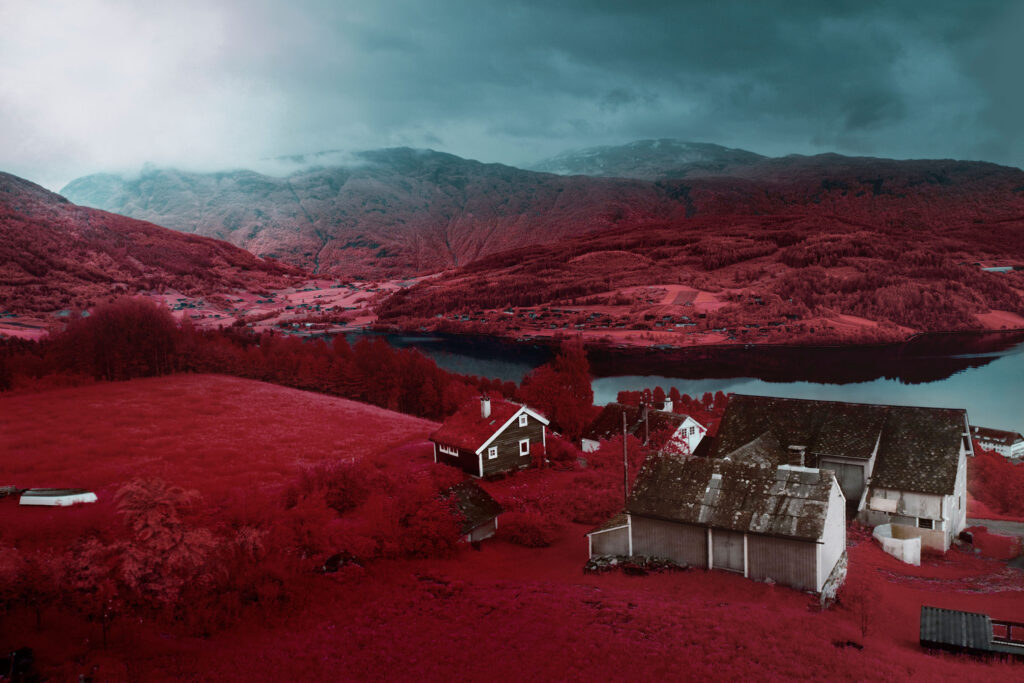
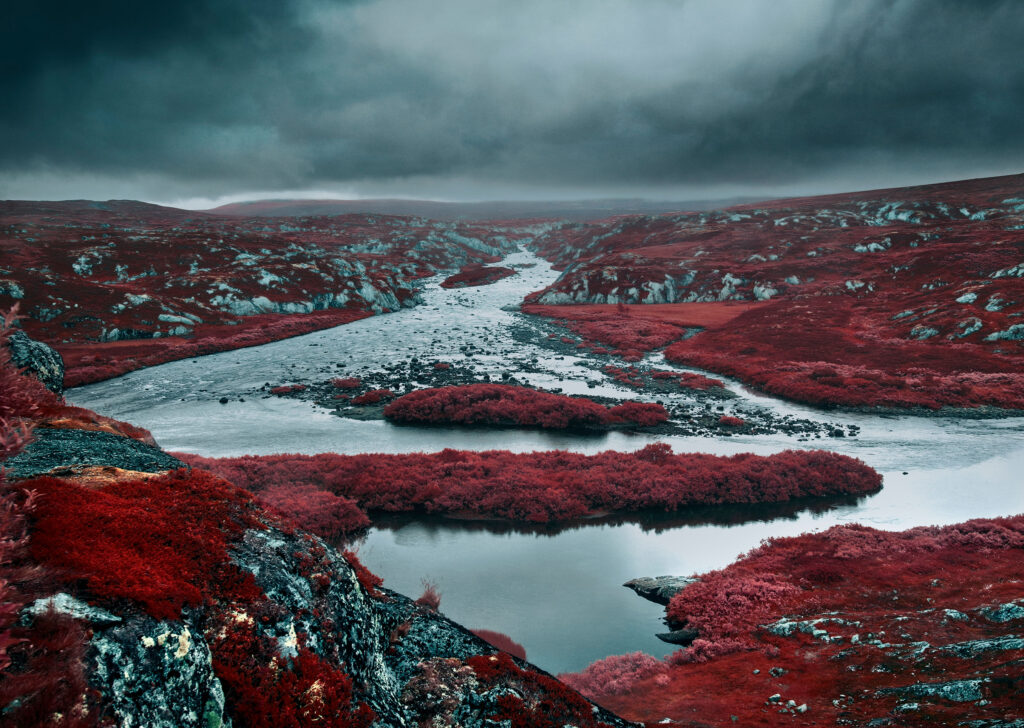
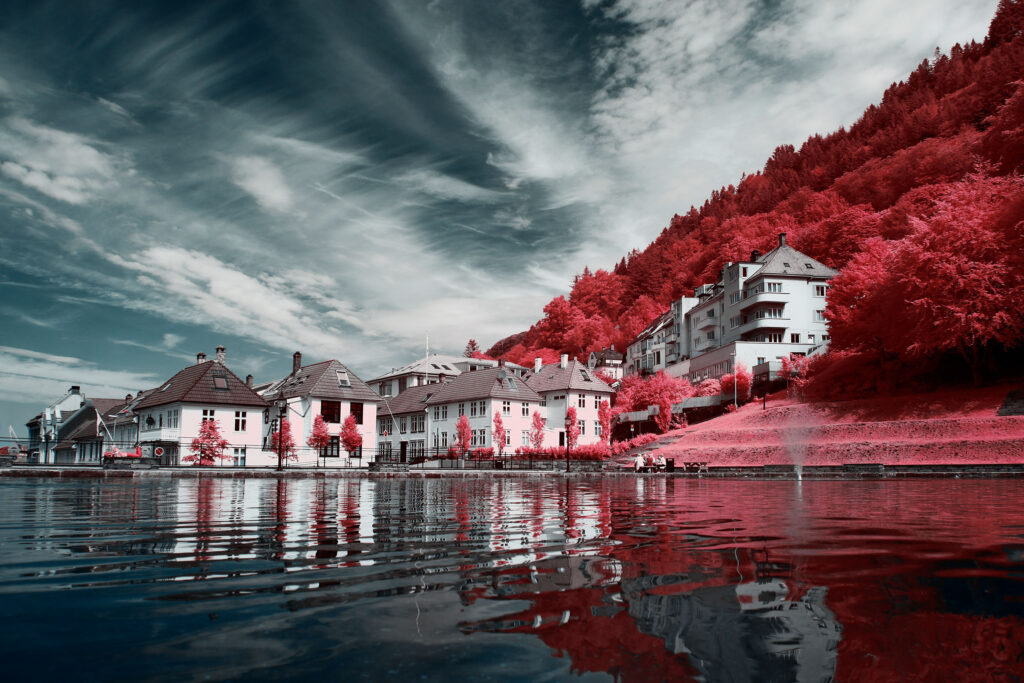
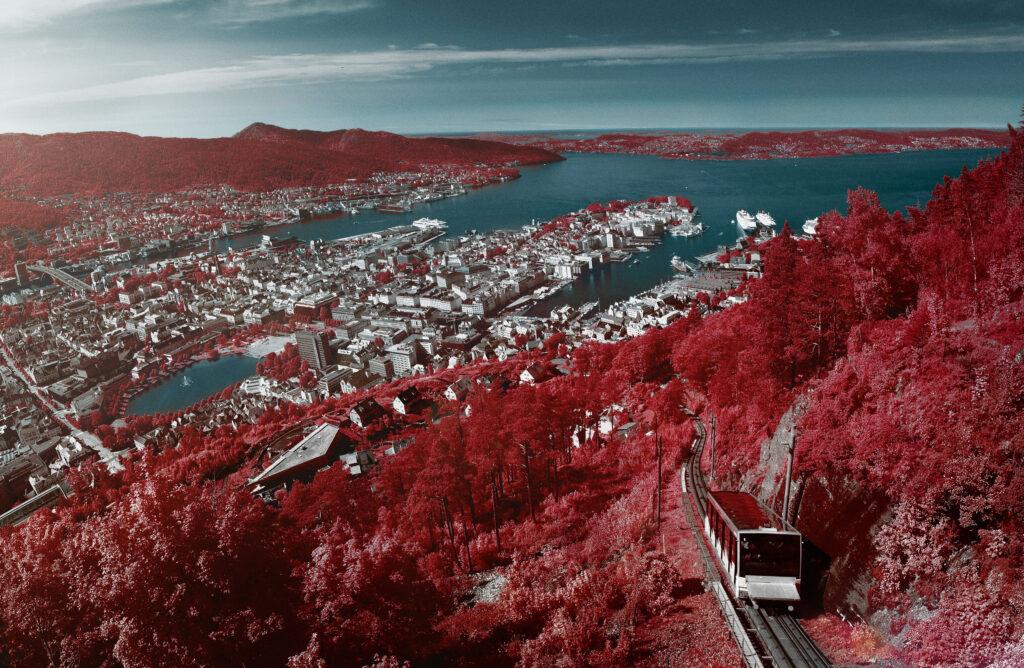
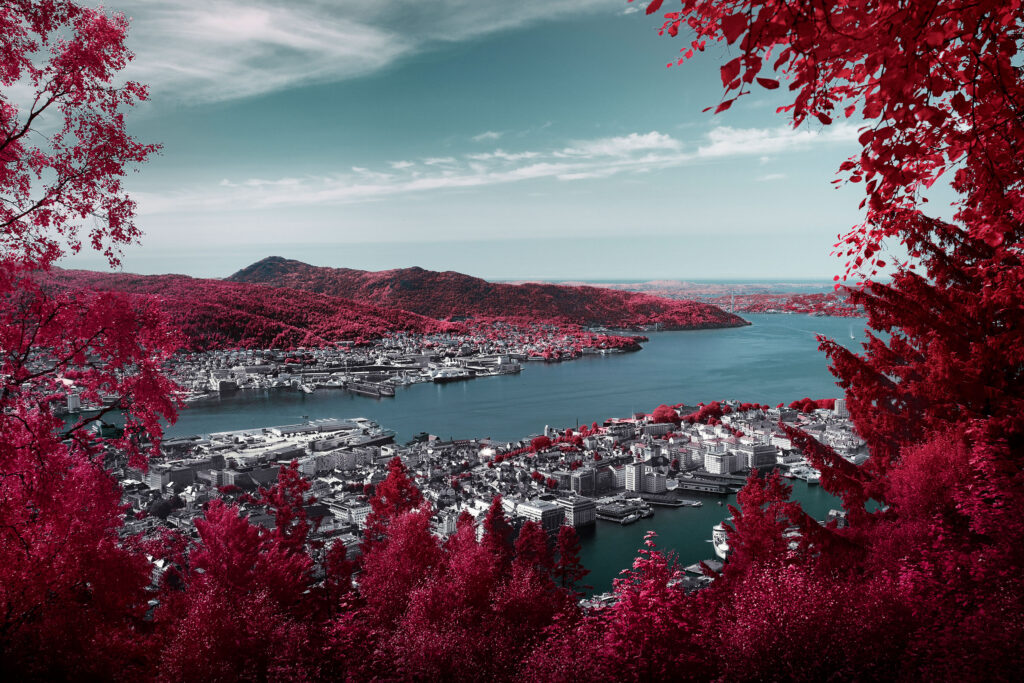
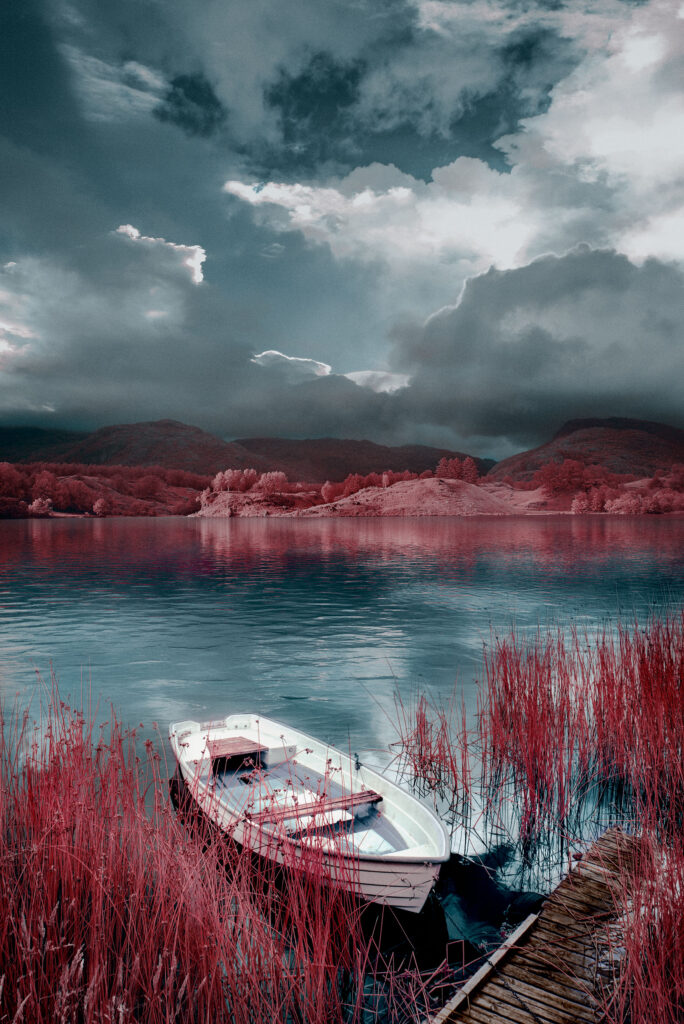

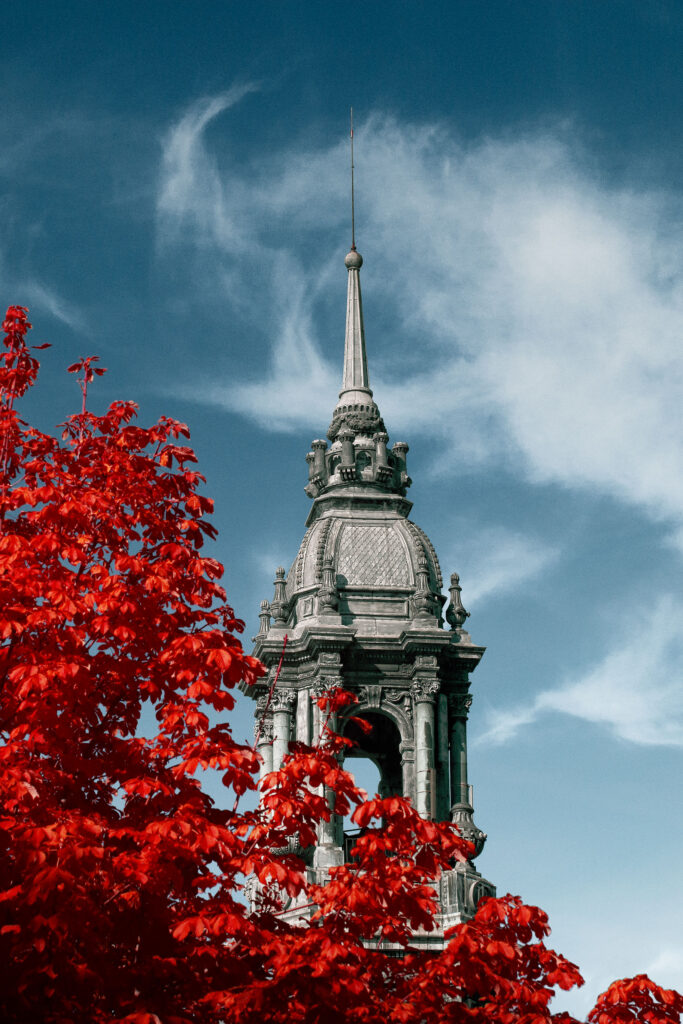

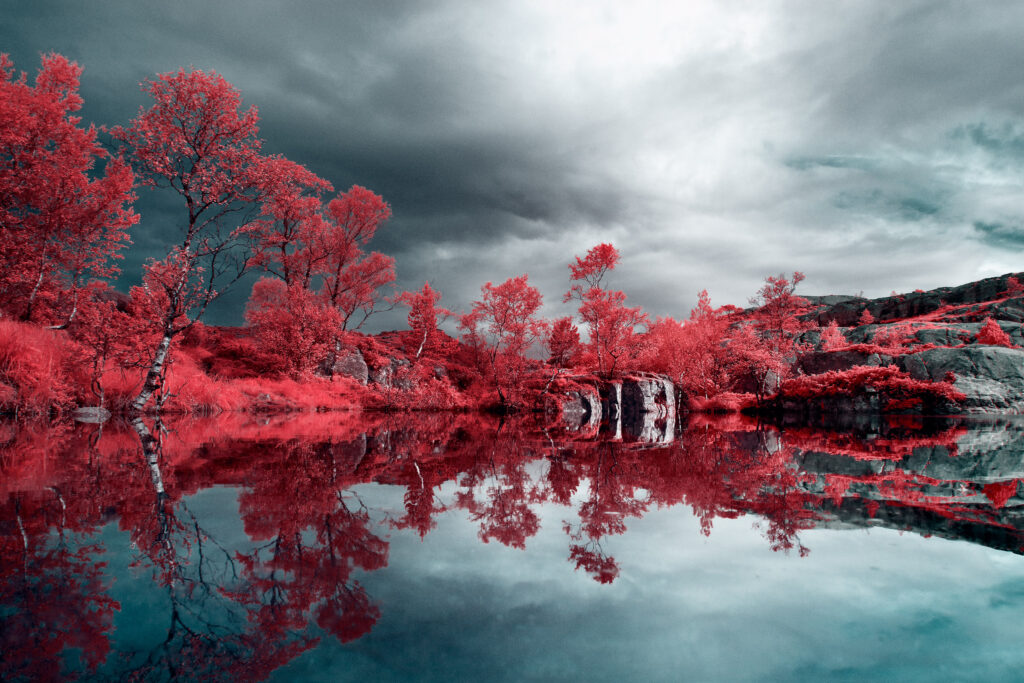
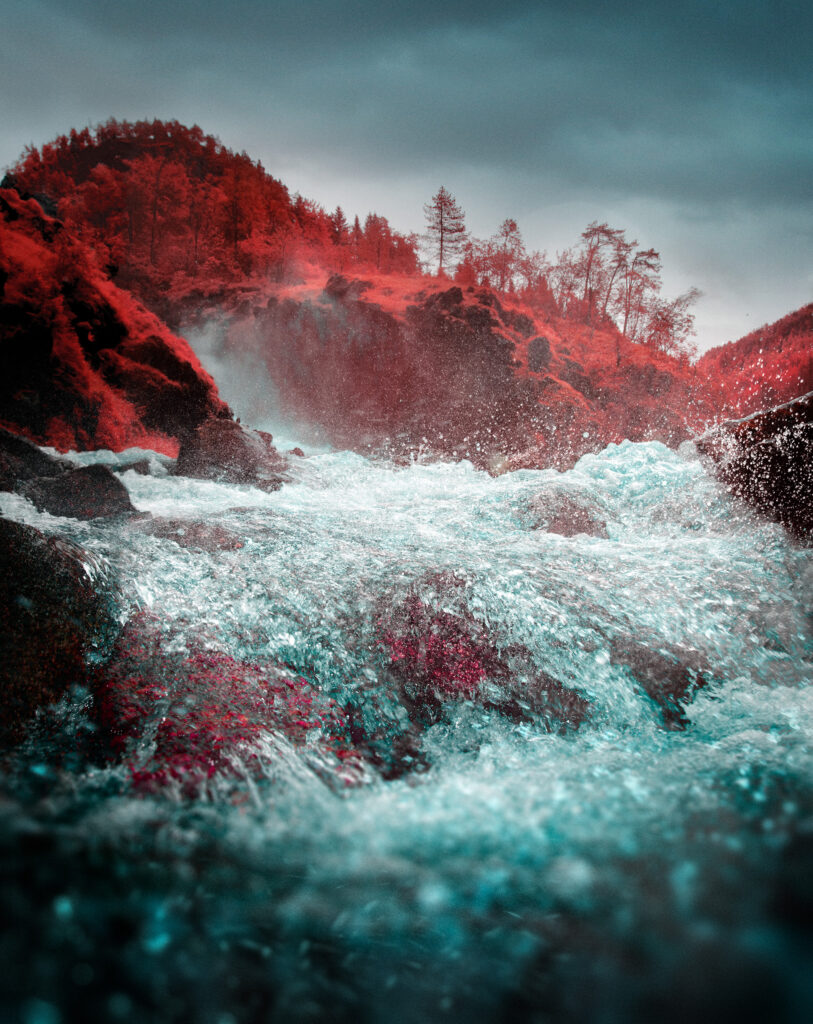
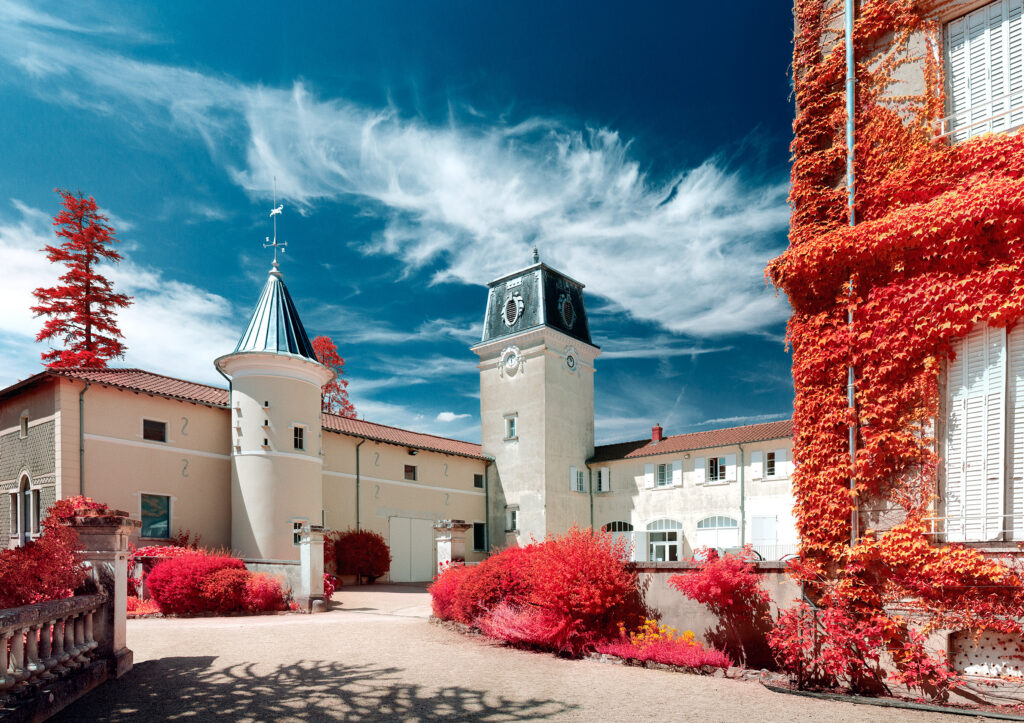
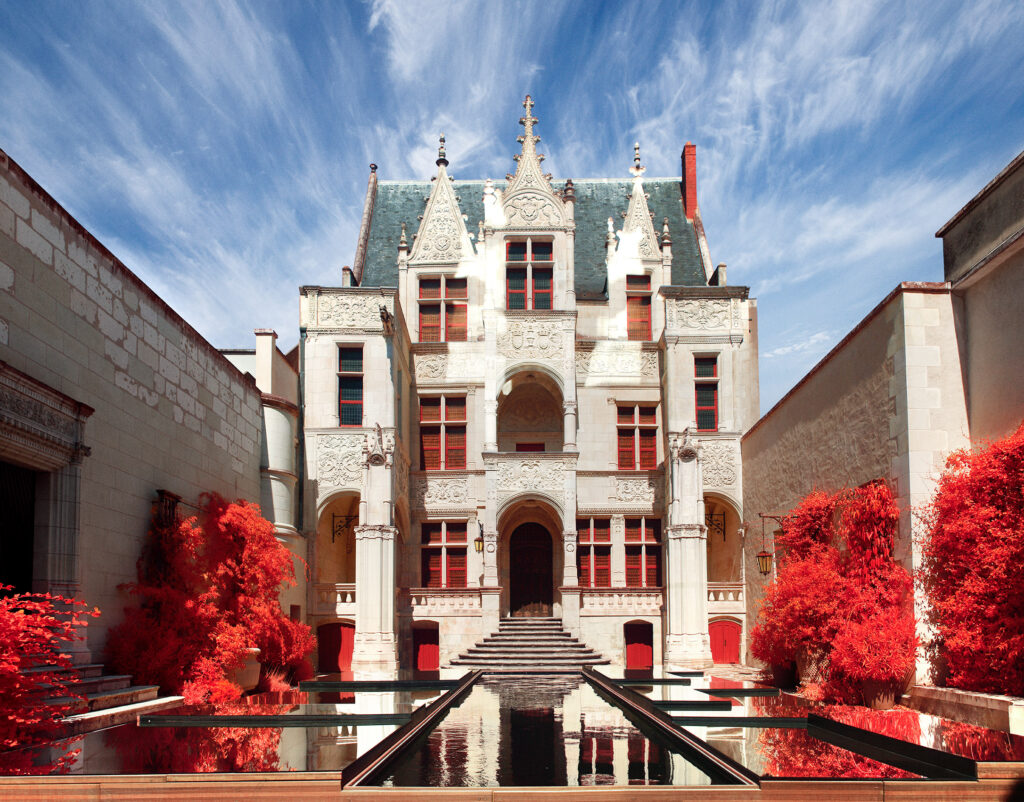
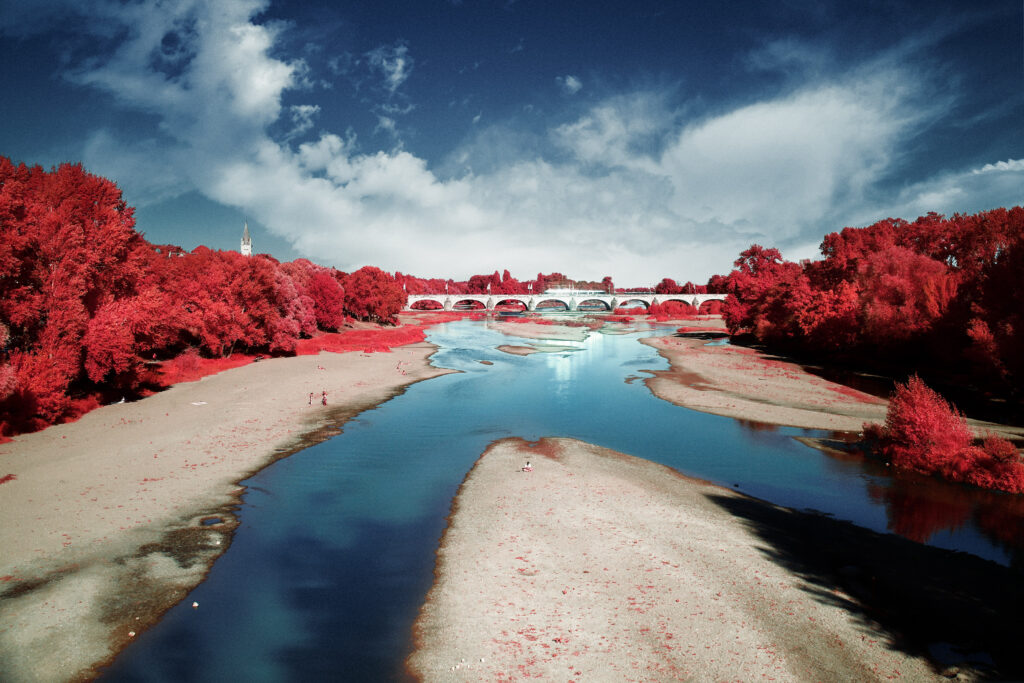
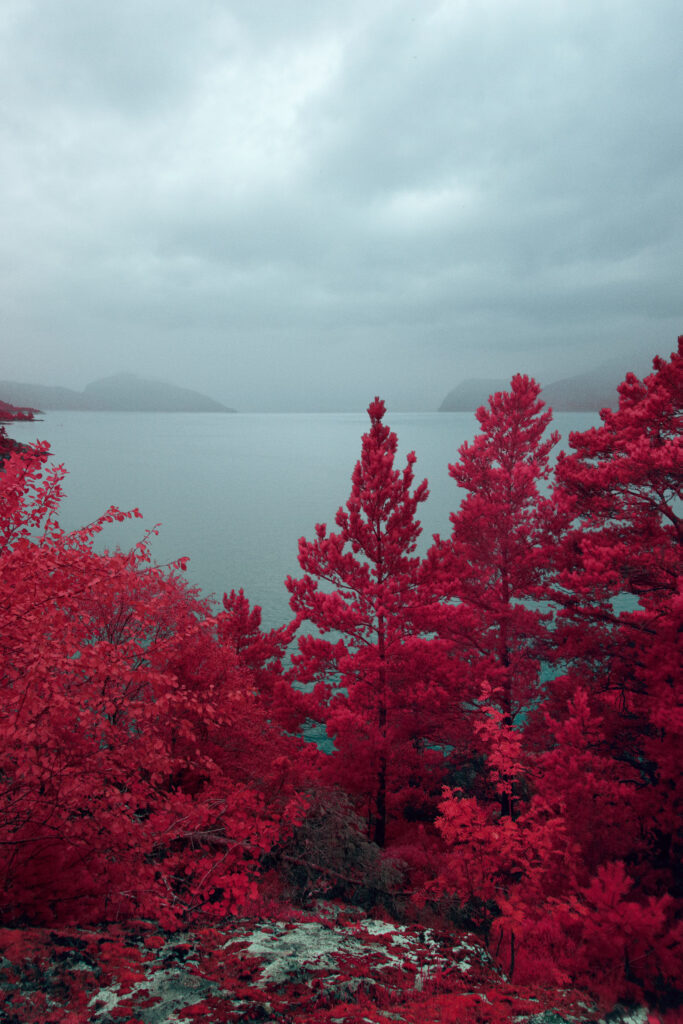
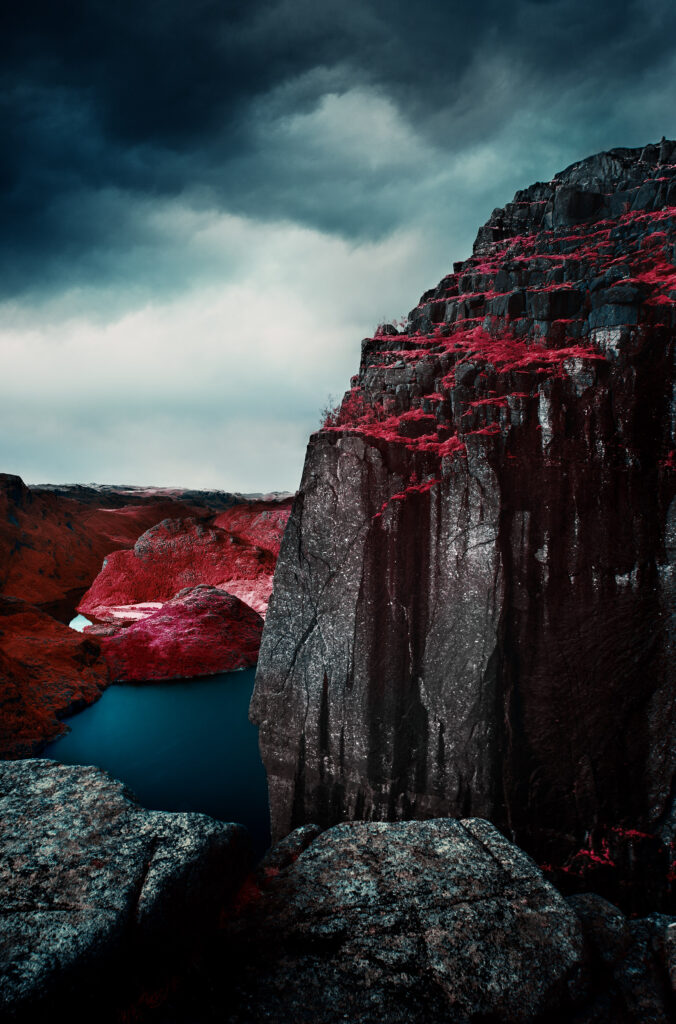
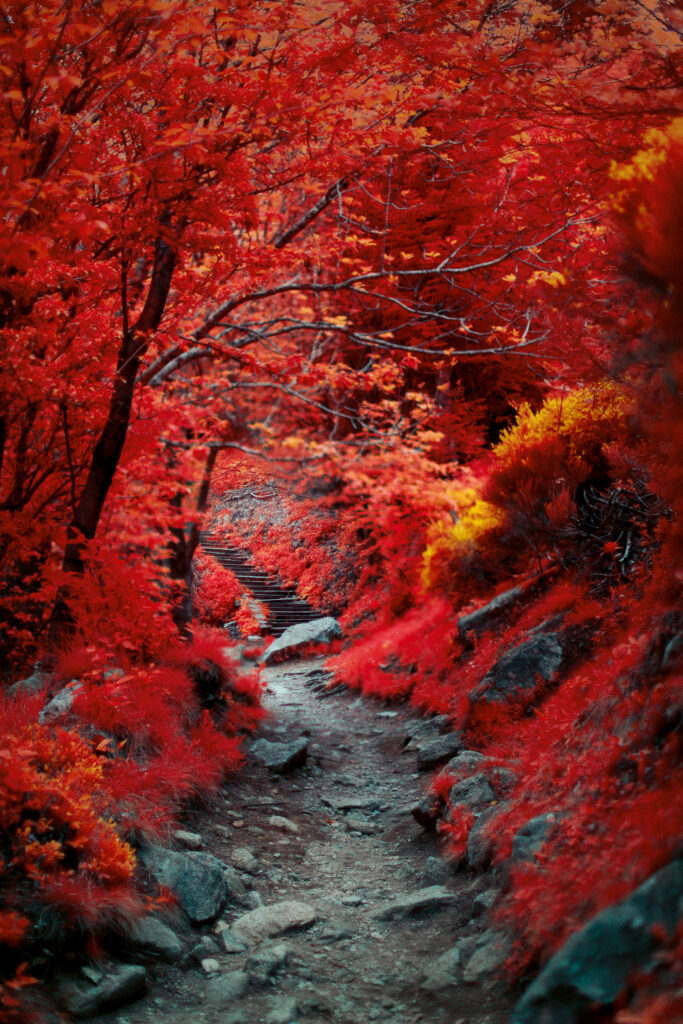


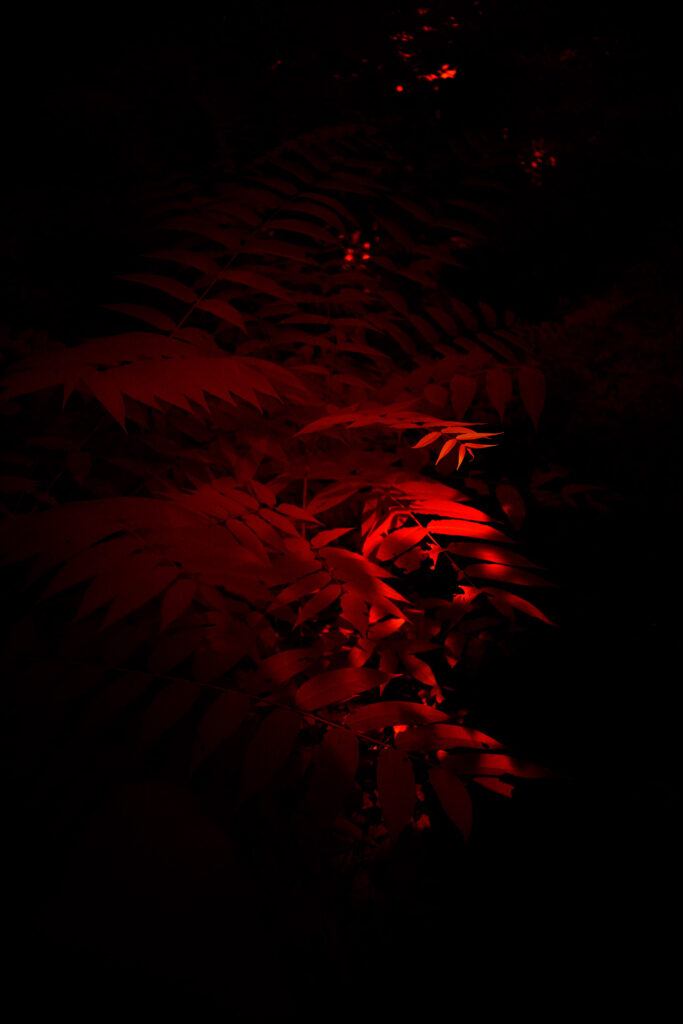
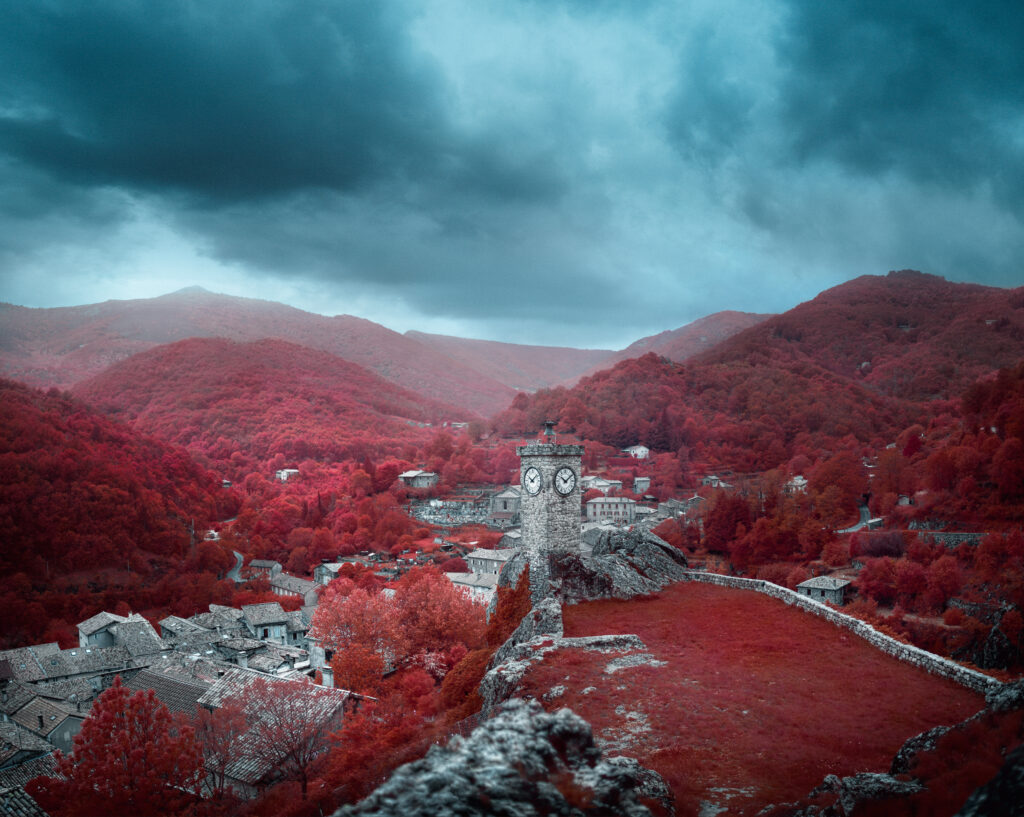
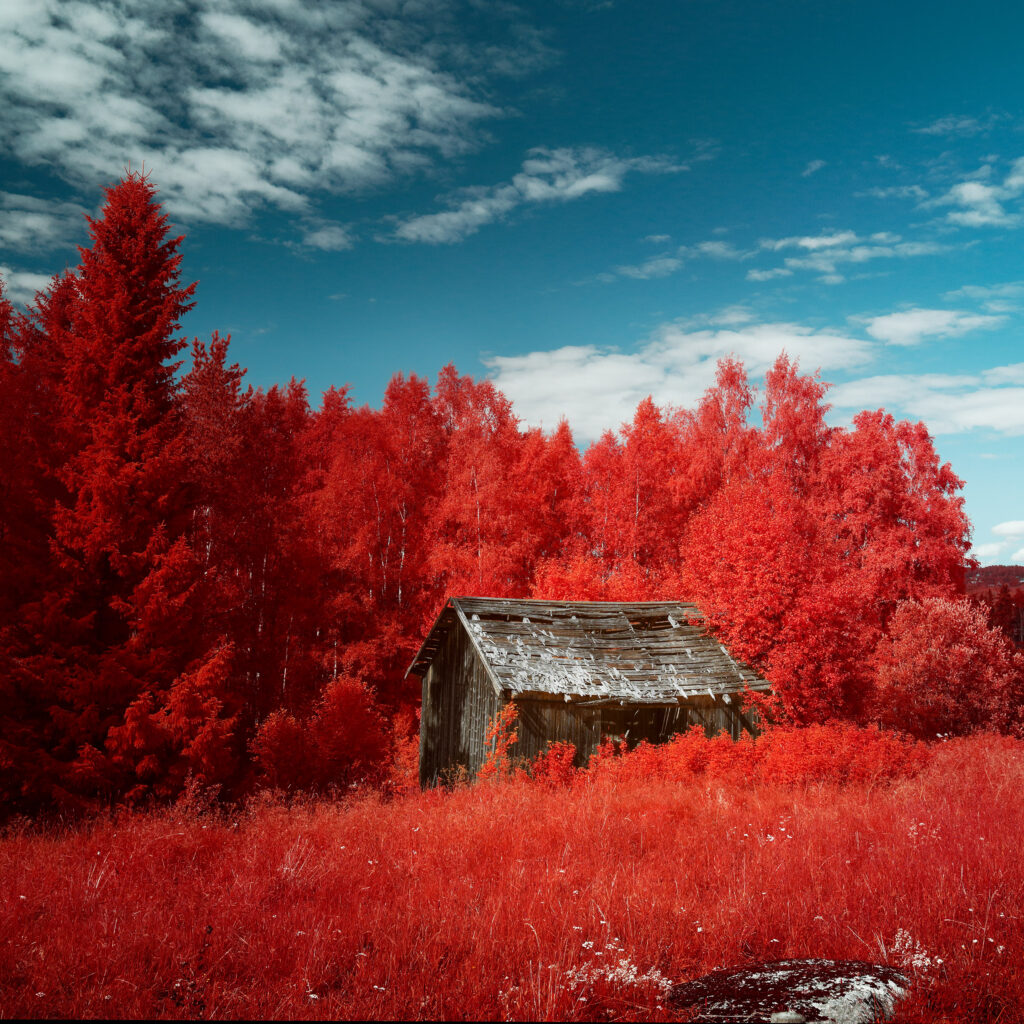






48 Responses
Will you make a filter for 46mm?
The 46mm version of this filter is available for pre-order and will ship in roughly 1 month.
The filter produces awesome results!
Hey’ why this filter doesn’t exist in 77 mm? Thx
Incredible! Just emptied my wallet on one ? can’t wait to have a run at it!
That looks absolutely beautiful. Does that mean If I have a converted digital IR camera with an 550nm Filter and I put on the IR chrome filter, I dont need to swap the channels? kind regards, Chris
This filter is designed to work as a standalone with a full-spectrum camera. It will not work properly when combined with any other IR filter.
I have a FS camera. Is CWB or a specific setup required, to use the filter?
Will it be offered in standard 52mm size?
A custom white balance set with a grey card is all the setup you will need. This filter will be available in 52mm. You can pre-order this size now. It will ship in roughly 1 month.
Is there any possibility that this could be made as a camera conversion in addition to the lens filter option?
This filter will be available as a lens filter for use with a full-spectrum camera only.
Hi,
Great news ;-).
1. Does this filter rely on the UV part of the full spectrum camera or just on the visible part (So no need for a special UV capable lens)?
2. Can you please elaborate on the white balance process, if any?
Thanks
There is no need for UV transmission with this filter. You can set a custom white balance with a grey card for the correct color balance.
Hi Pat,
Regarding WB, if shooting raw can the WB just be adjusted in LR like normal color captures?
Thanks,
John
White balance can certainly be tweaked in Lightroom and Camera Raw, but we recommend always setting a custom white balance in camera for the best results.
Very cool and thank you for all the research and testing. Ordered mine last night.
would this work with a 590nm converted camera ?
This filter will only work properly with a Full-Spectrum converted camera.
What is the light transmission loss of the filter or the filter factor? How much additional exposure would it typically add to my FS camera shots?
For clarification, I owe a Canon 5D Mark III. Do I need to pay to modify the DSLR ($200+) sensor and add the filter to achieve these IR photos? Or can I just buy your filter (IR Chrome filter is available from Kolari Vision) and get the results without modification? It is not clear if it is an “or” or “and” case…
Very cool!
This will totally replace my 550 filter?
Ips this slim or normal filter frame?
How strong is the vignetting if use on UWA lenses?
For instance, Laowa 15mm
I’ve seen a comment that this filter doesn’t transmit UV light. So will it work on a 2 spectrum (visible & IR) converted camera?
That is correct.
Nice
Would love to know how you edited those photos, they look freakin dope.
I have a Fuji S2 which was converted to IR – will this work with your filter?
Thanks!!!
Only if your Fuji is a full-spectrum camera that detects the full visible and IR spectrums.
If I’m using the eyedropper tool in LR to set WB, do I still want to click on a neutral gray object? Sometimes when I do this, the color temp maxes out at 50000. I guess I need to use DNG editor to tweak the profile a bit?
No need for the DNG Editor. The WB will be well within range.
I’m curious how much post processing went into getting those sharp red tones? Will you be offering any tutorials? I’m interested in converting my old 610 and getting a chrome filter, but I know what a beast post processing can be even with regular IR. Thanks in advance!
Hi!
I’m very interested in buying one of these filters to start IR photography!
I have a Sony A6000 will this filter work on this camera as it is just put it on a lens or i have to somehow modify the camera ??
This filter requires a Full-Spectrum modified camera to work as intended. You can read more about this modification here: kolarivision.com//kolarivision.com///articles/full_spectrum_conversion/
Last year, this guy showed how to do this very thing with gel and other filters.
next-eyes.blogspot.com/2018/11/my-history-re-inventing-digital-ir.html
Hi, Kolarivision,
Will this filter be available for the DJI Mavic 2 (Pro/Zoom) drones?
Thank you.
Yes, we will be releasing a version of this filter for the full-spectrum Mavic 2’s!
This look is great! I was wondering if the images displayed are straight out of camera (after setting custom white balance)? What, if any, post processing is required beyond a little tone curve tweaking? I currently use a full spectrum camera with IR filters, which requires significant post processing to produce interesting images.
thanks,
richard hargrove
—
Depending on your camera model and your specific custom white balance settings, foliage tones may vary between different hues of red and orange. So, to get the exact foliage tones you’re looking for may require a minor color adjustment, but certainly nothing as drastic as a what standard IR filter typically needs and definitely no channel swap. Your overall editing workflow will be similar to when using a regular, unconverted camera.
One of the earlier comments said: “There is no need for UV transmission with this filter”. So, it should work with a 2-spectrum conversion (blocking only UV). Correct???
That is correct!
YES !
This is the answer I was looking for !
😀
Awesome! Will certainly order one.
I would’ve liked a comparison shot of a color chart though. All pictures are of blue skies, foliage, water and rocks. I’d like to see what happens to other colors as well.
It will primarily depend on lighting itself if that makes sense.
Does this work with film photography too? Like if I had this filter on my nikon f3 and some portra 400, would it have the same effect or is it specific to digital?
This effect is exclusive to full-spectrum digital cameras. We have not done any tests with film.
Can I get the same results with a 550nm conversion? It looks quite simliar, but I haven’t seen any direct comparisons between the two.
I love the look, but I’m trying to decide whether to get the 550nm conversion or full spectrum + IR Chrome filter. If I can get the same results, I’d rather the 550nm conversion, since some of my lenses won’t take filters.
Advice greatly appreciated. It’s had to find any details on this topic.
Your images are stunning!
I just received my KolariVision-converted (full-spectrum) DSLR and IRChrome filter today. Unfortunately, the postal carrier delivers after dark, so I have to wait until tomorrow to try it out! Not gonna get much sleep tonight with visions of Aerochrome-esque landscapes dancing in my head!
IR newbie question… When setting custom WB for the IRChrome filter-equipped full-spectrum-converted camera, I presume you do the CWB with the filter in place. Is that correct?
Thanks!
Does this filter have a nanometer wavelength, like other IR filters?
I recently converted my Nikon D750 to full spectrum and had it out for its first official photo shoot at a tulip farm. I used my Kolari IR Chrome filter mounted on Nikkor 35 mm f/2.8 lens. I am very happy with the results after editing in PS Raw and Topaz AI. I cropped two and resized 2x in Topaz Gigapixel. Again very pleased with the resolution and clarity. I shot in live view with camera on a tripod.
Question 1. What is nm of the filter? Needed to post on one FB group.
Question 2. Is there a custom WB preferred for this filter to optimize the color?
Thanks in advance.